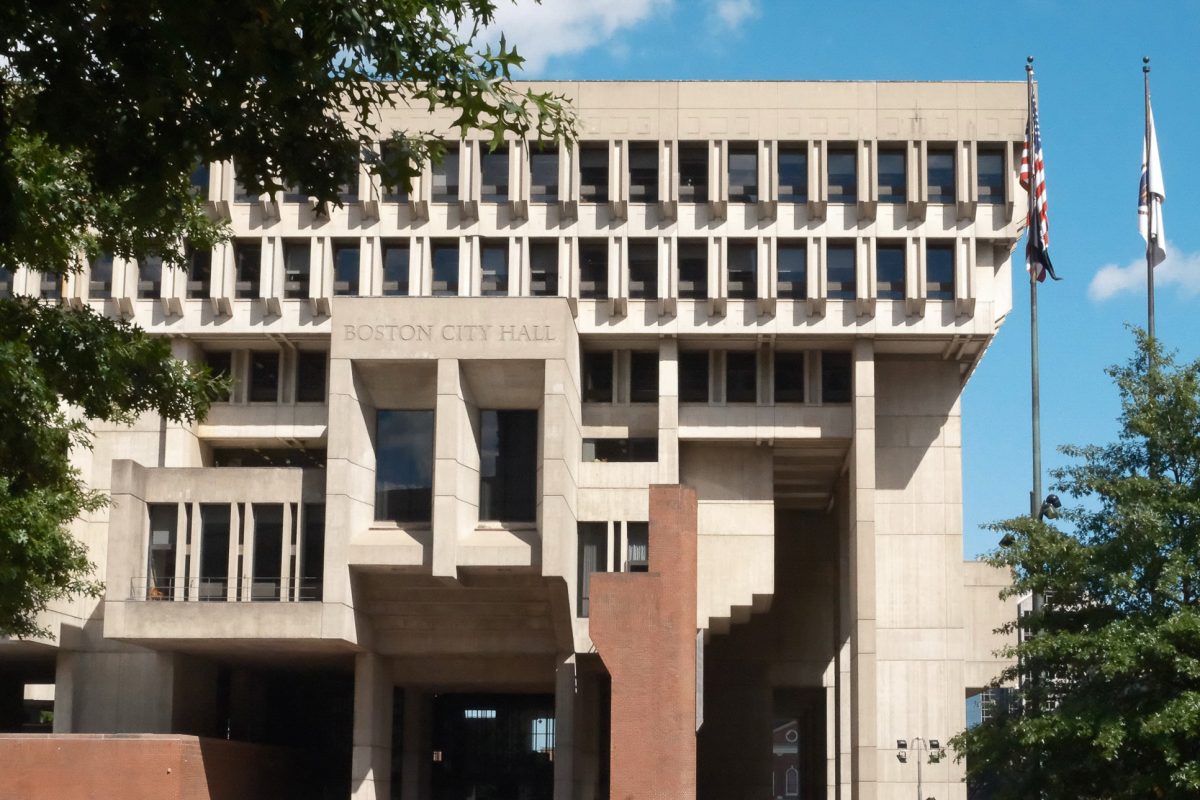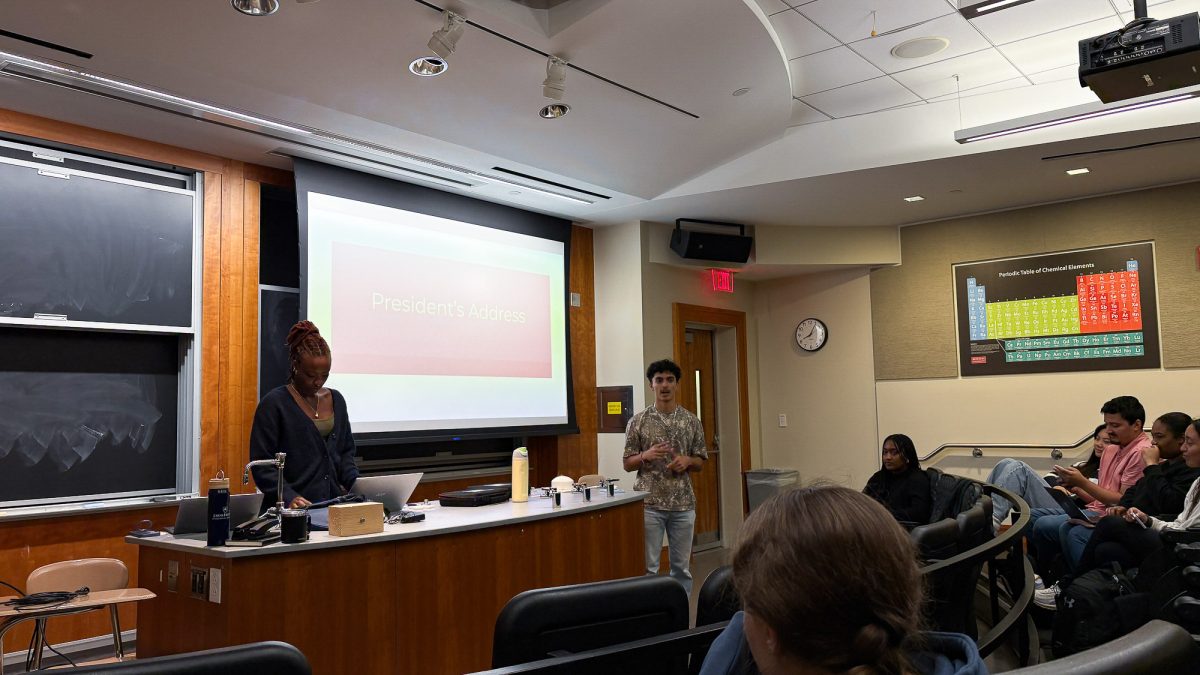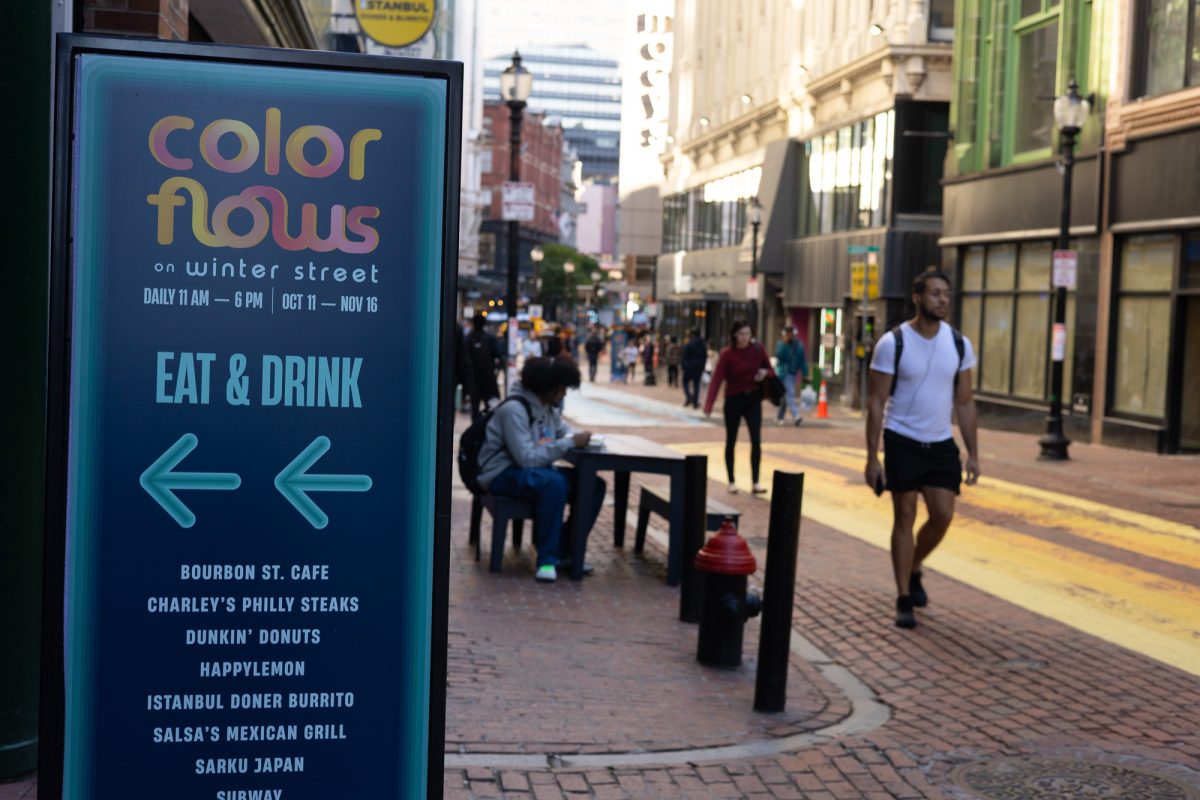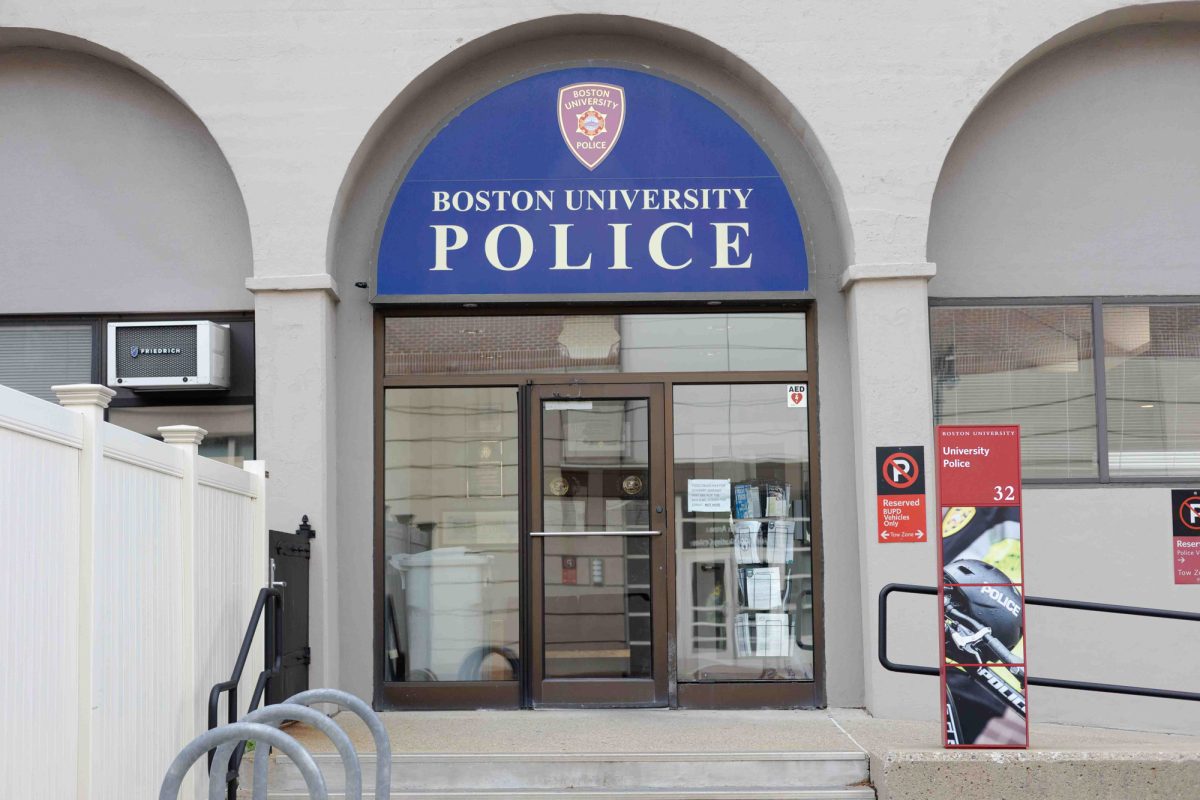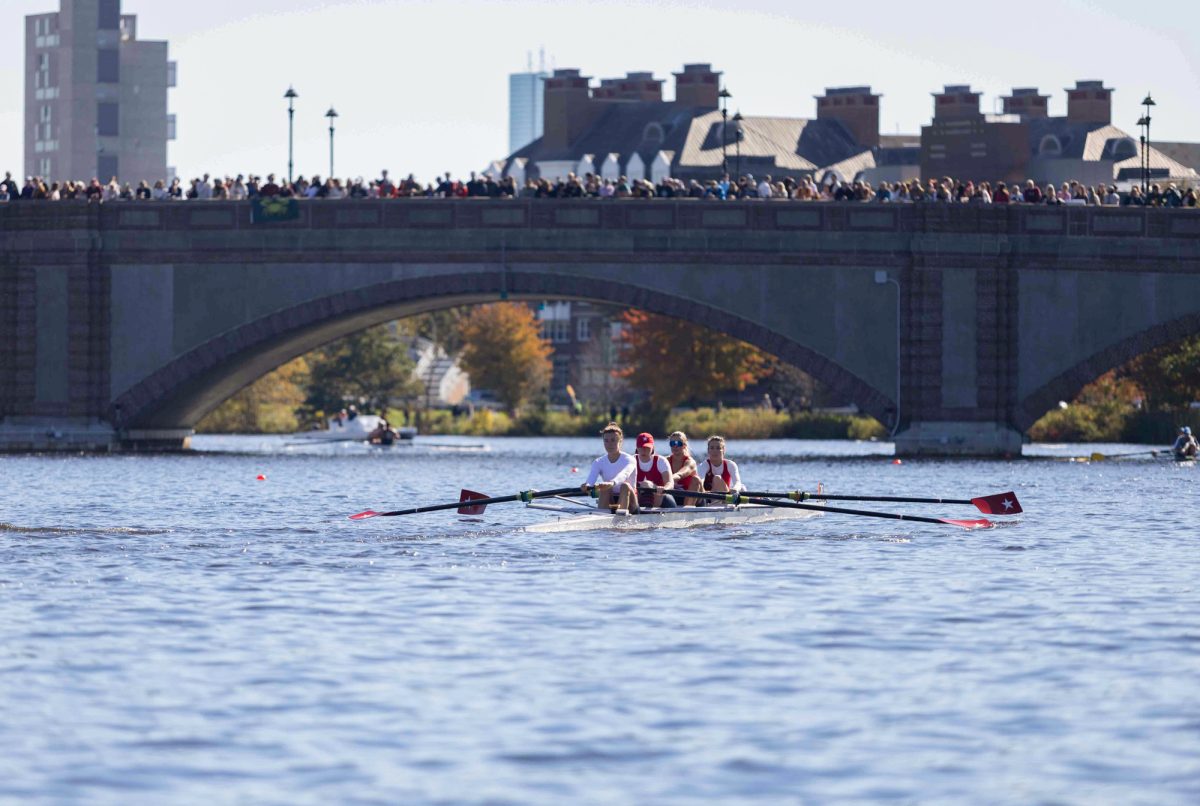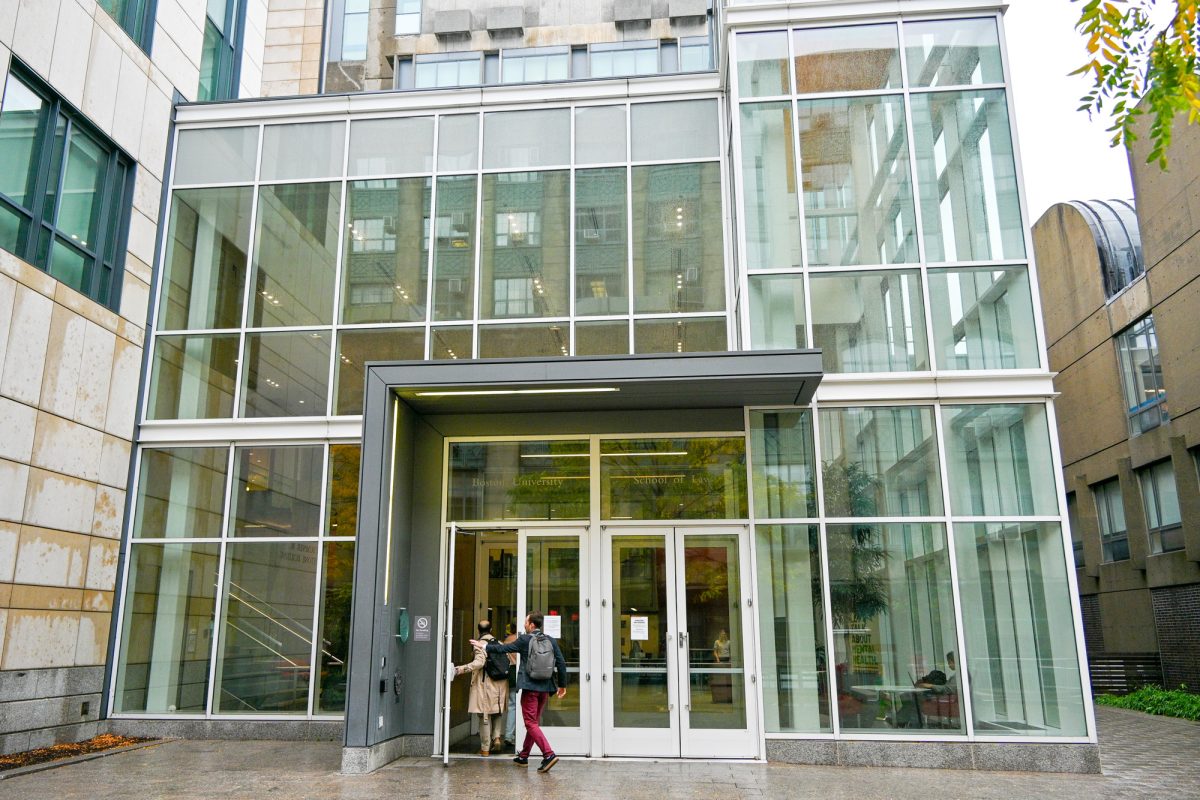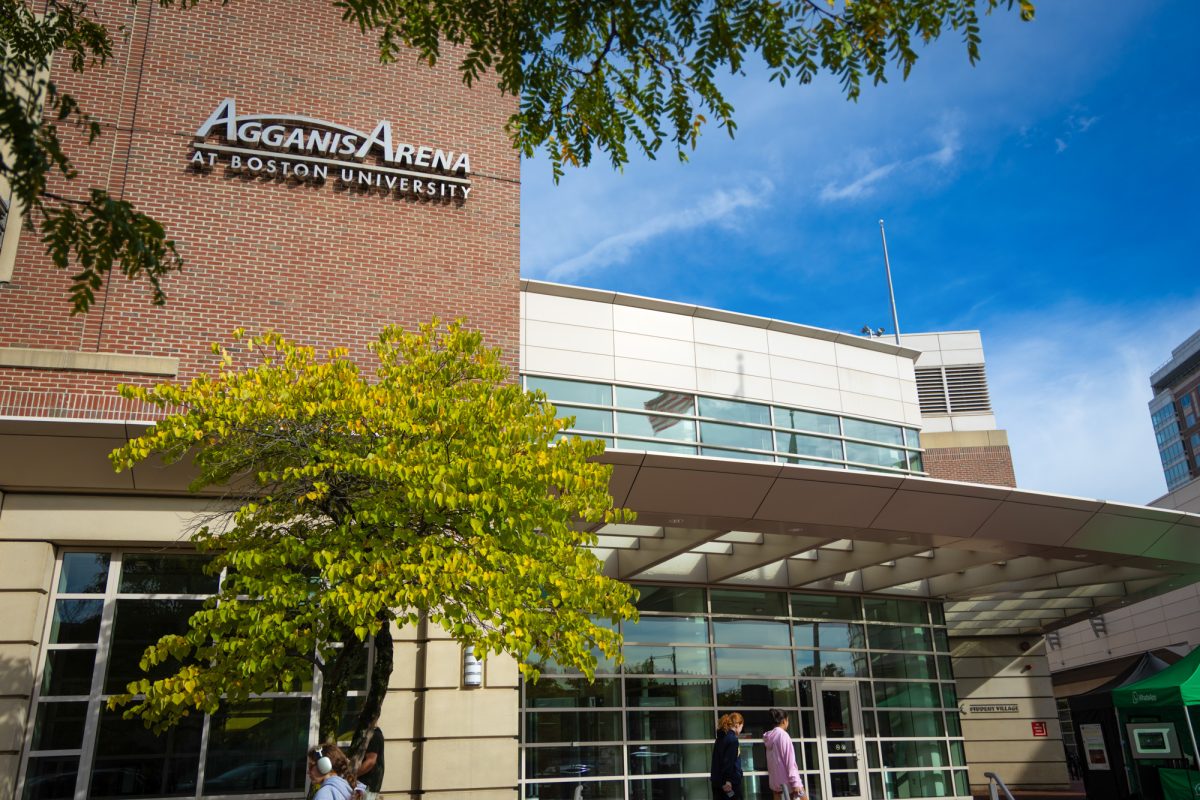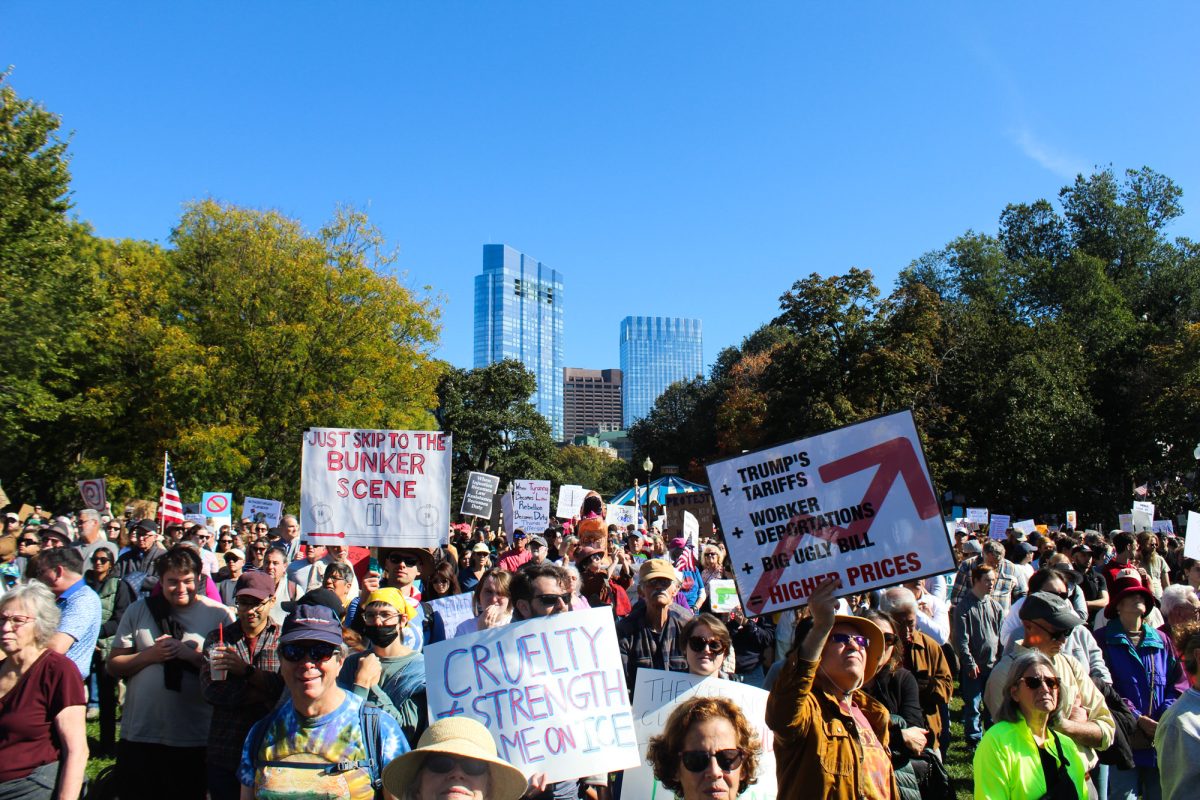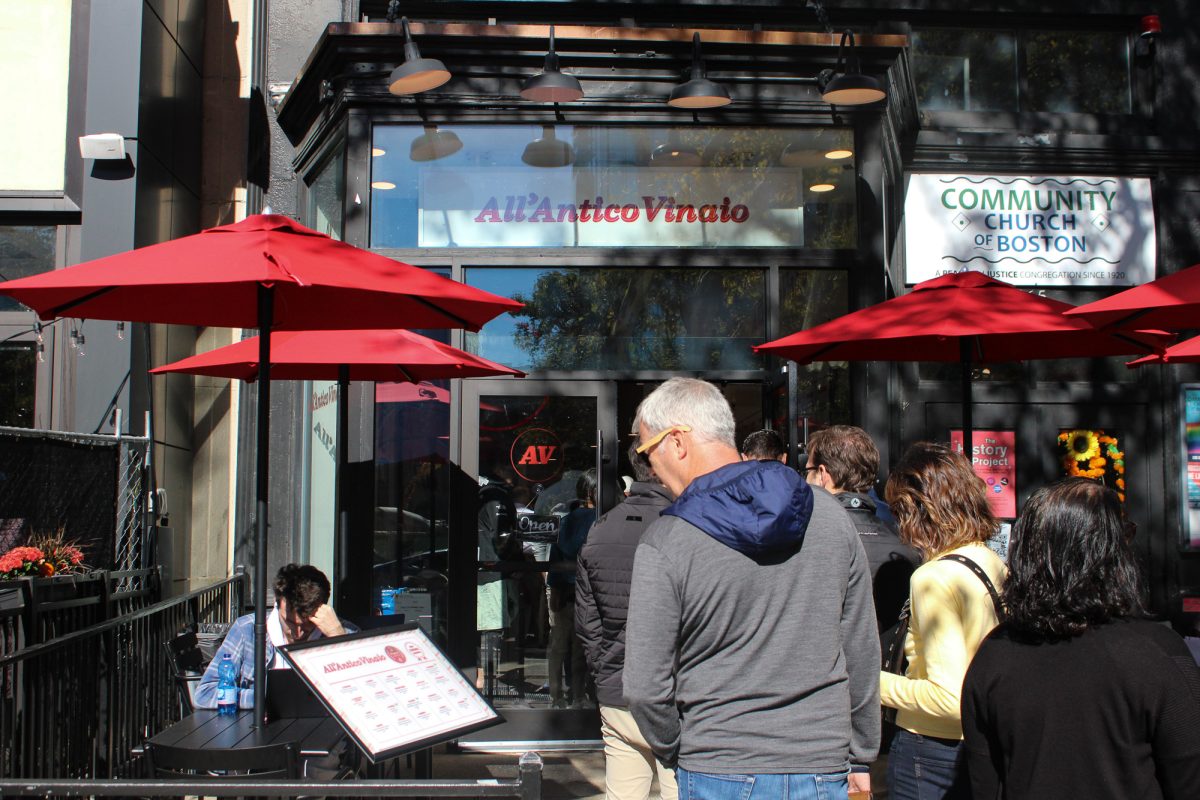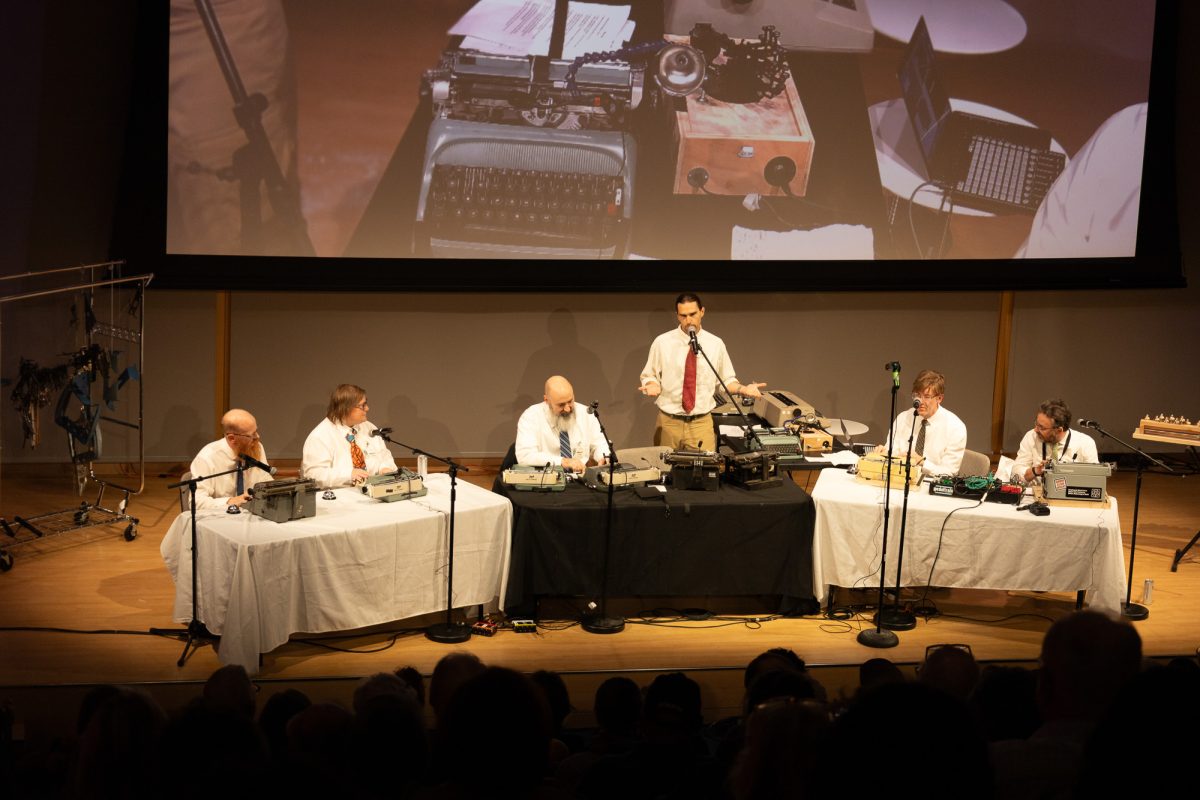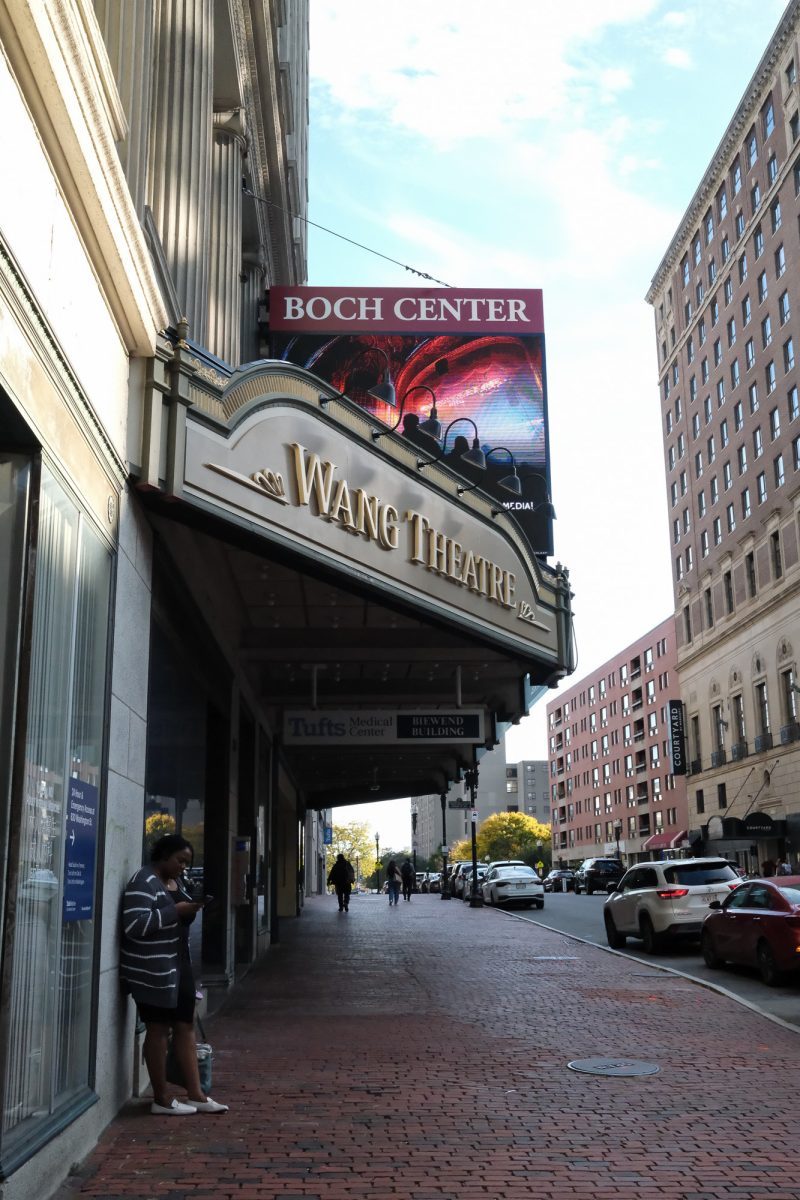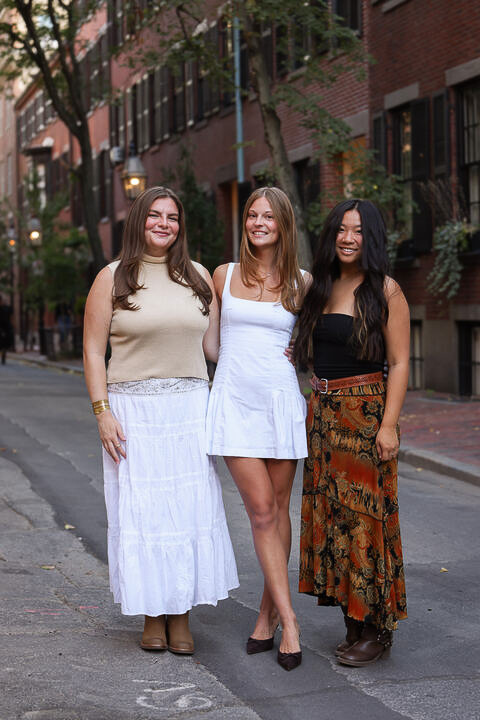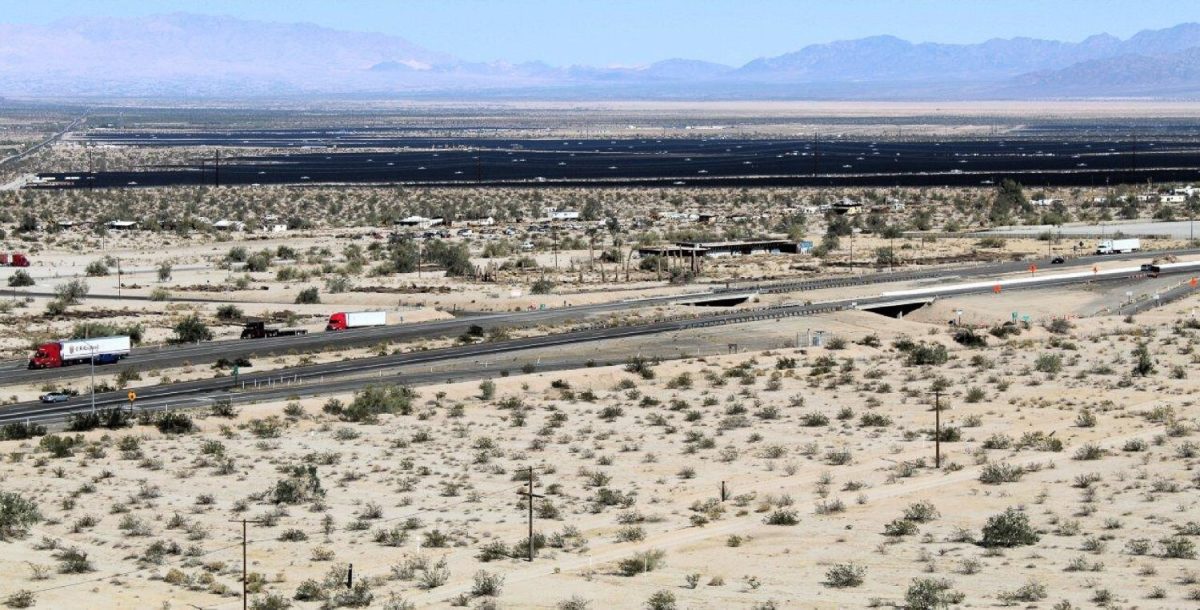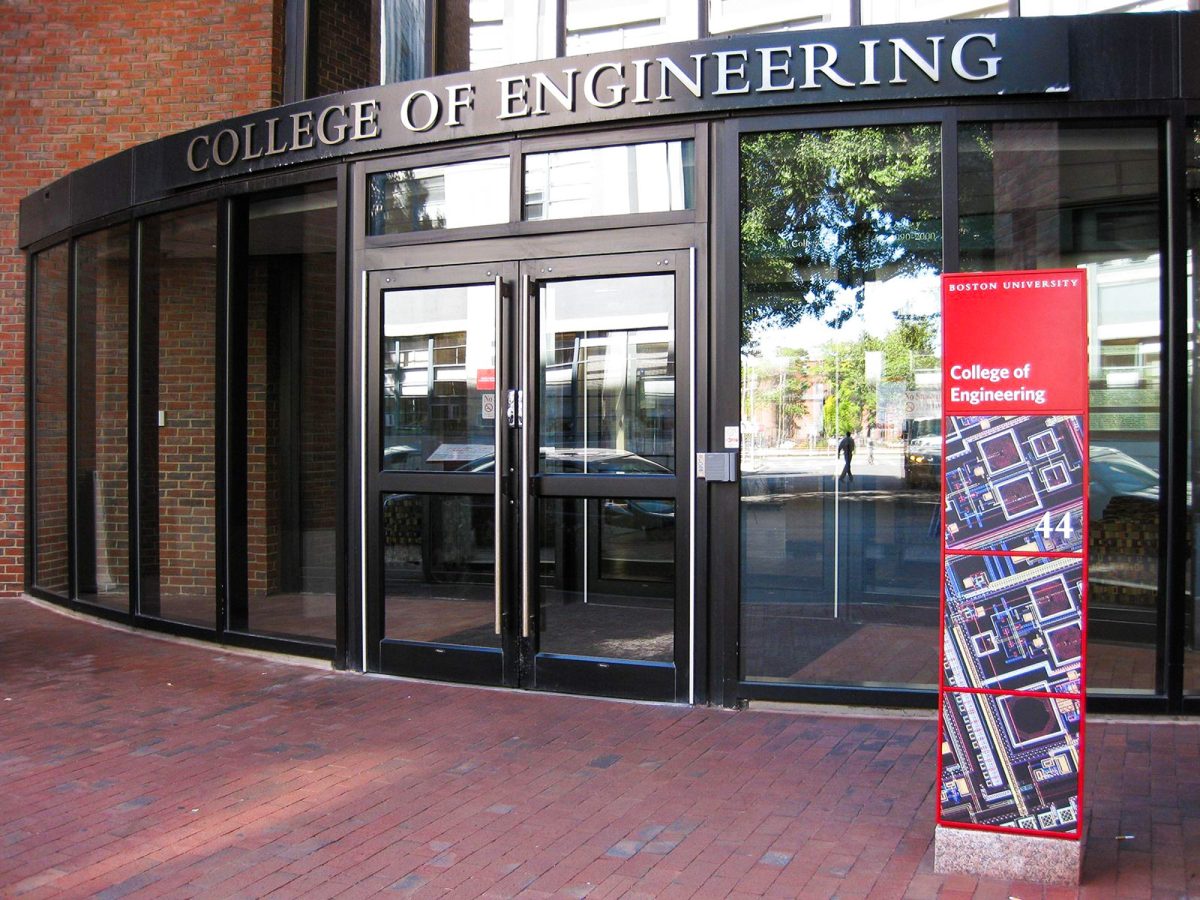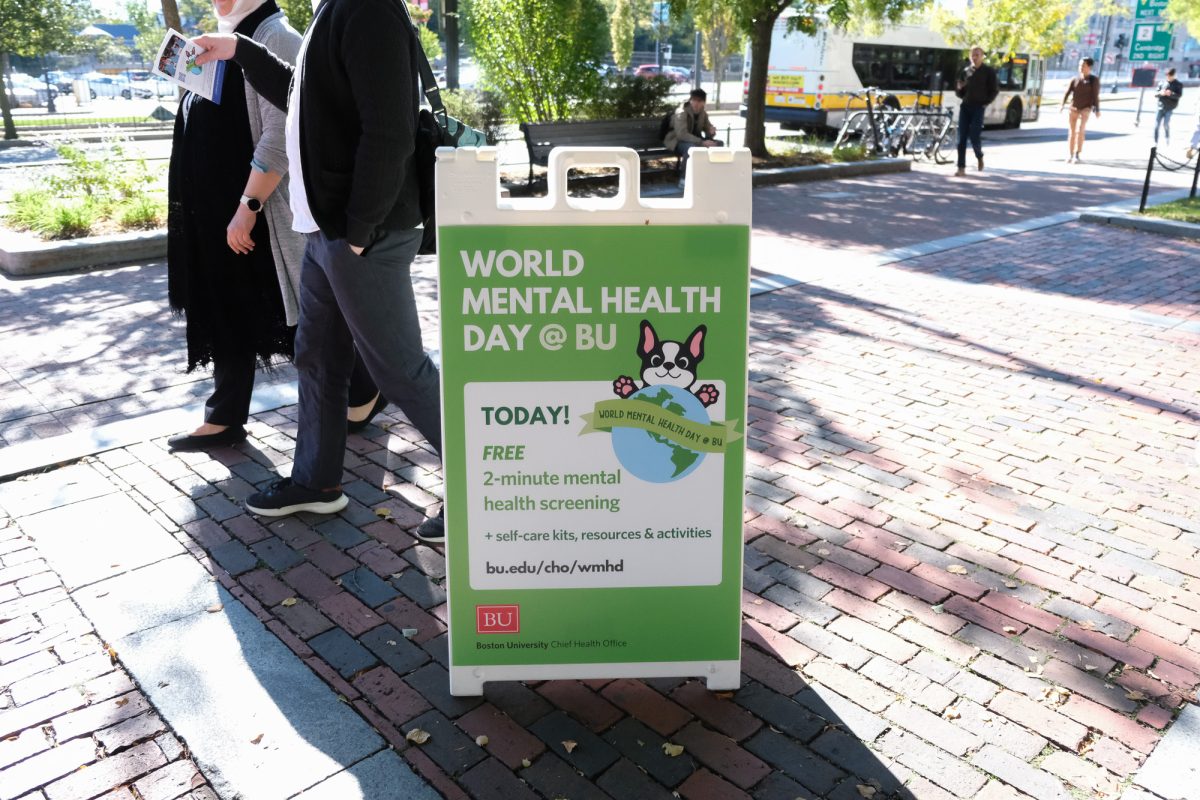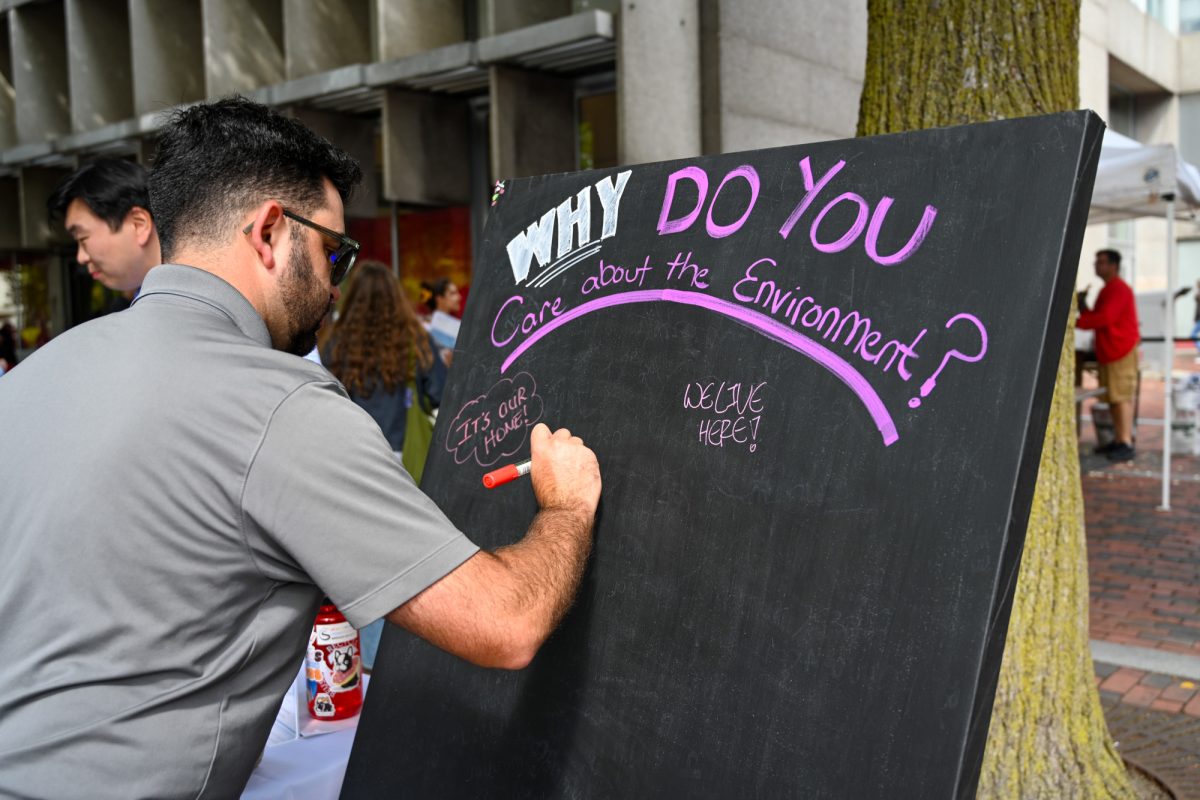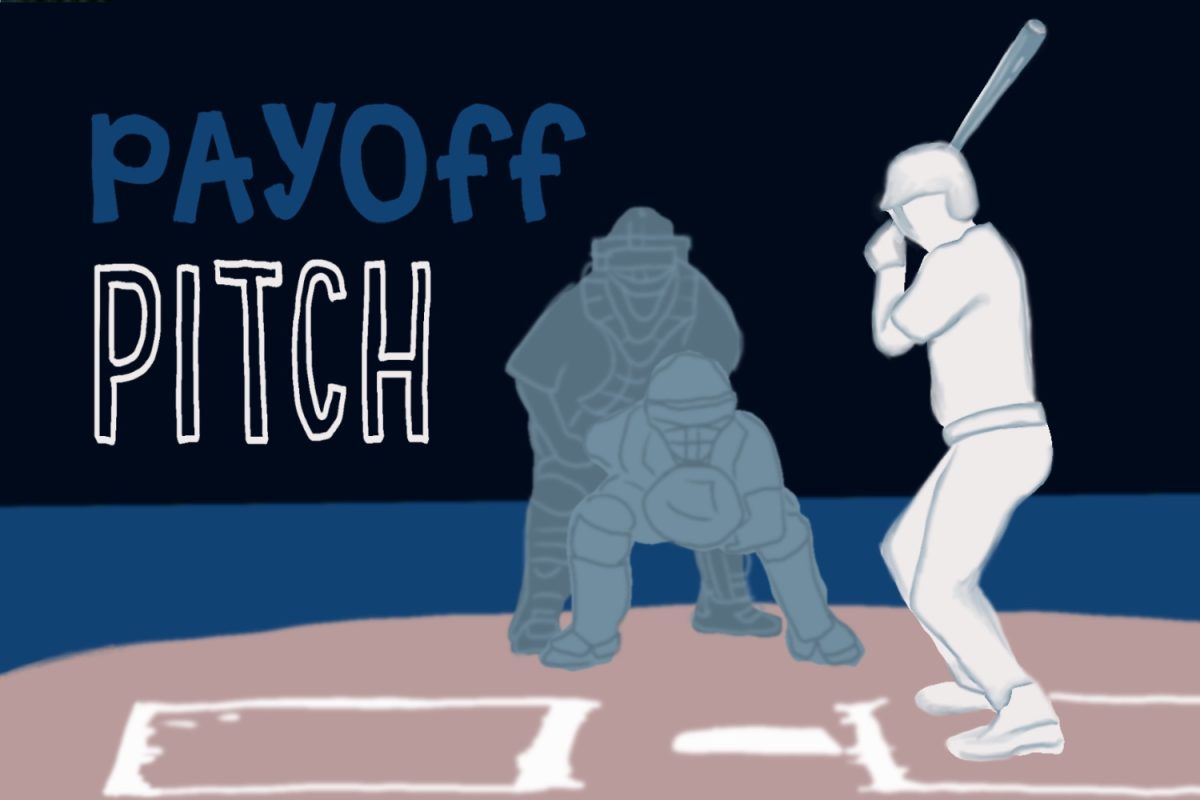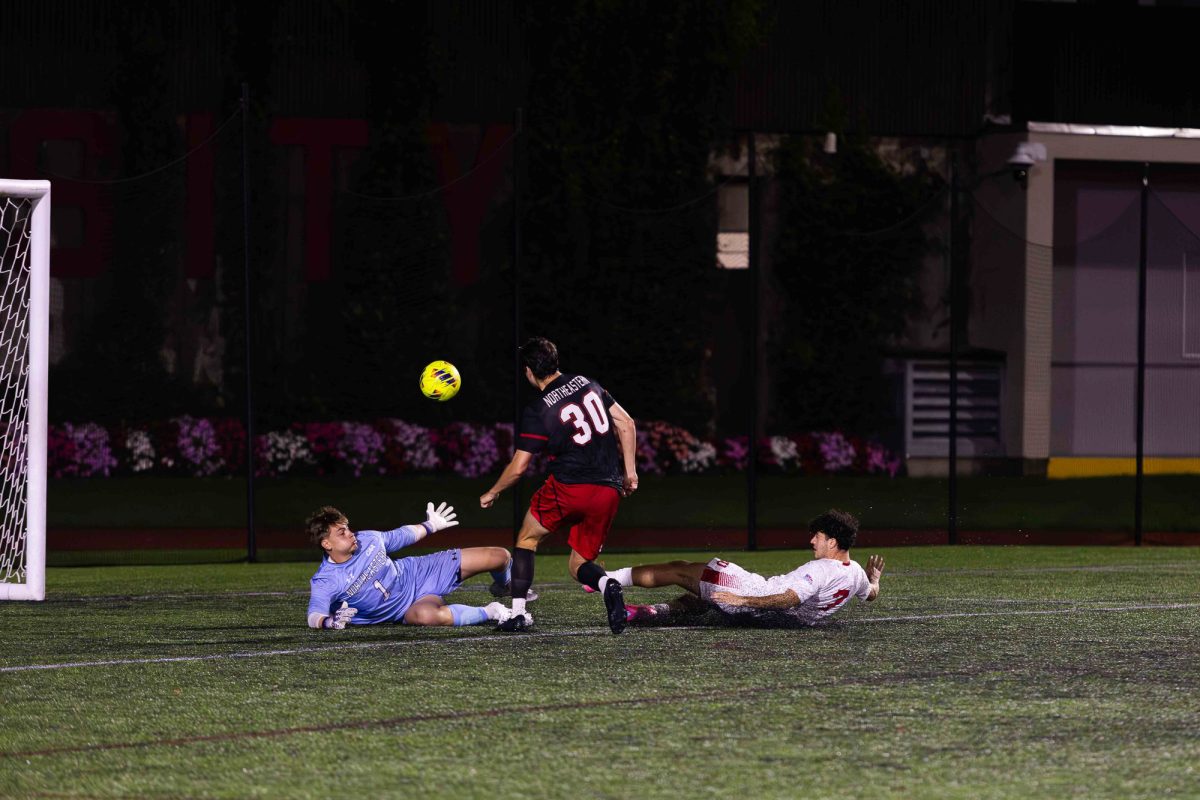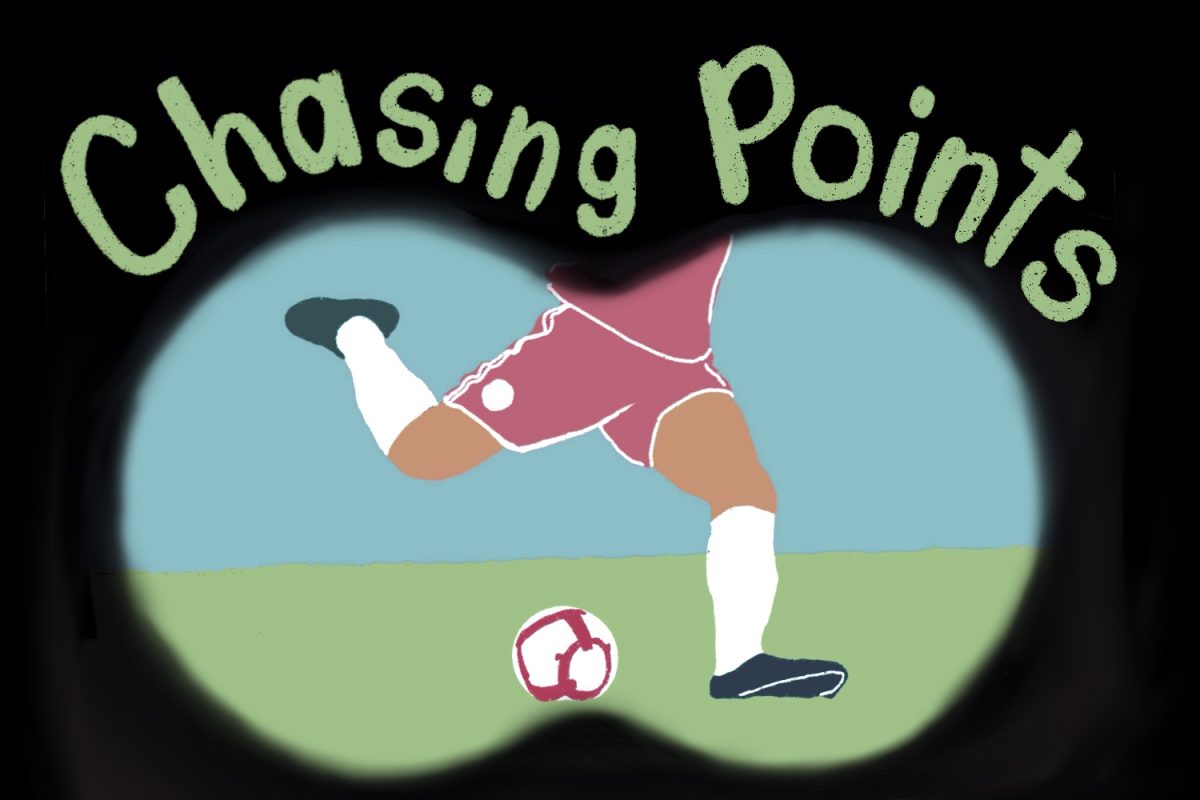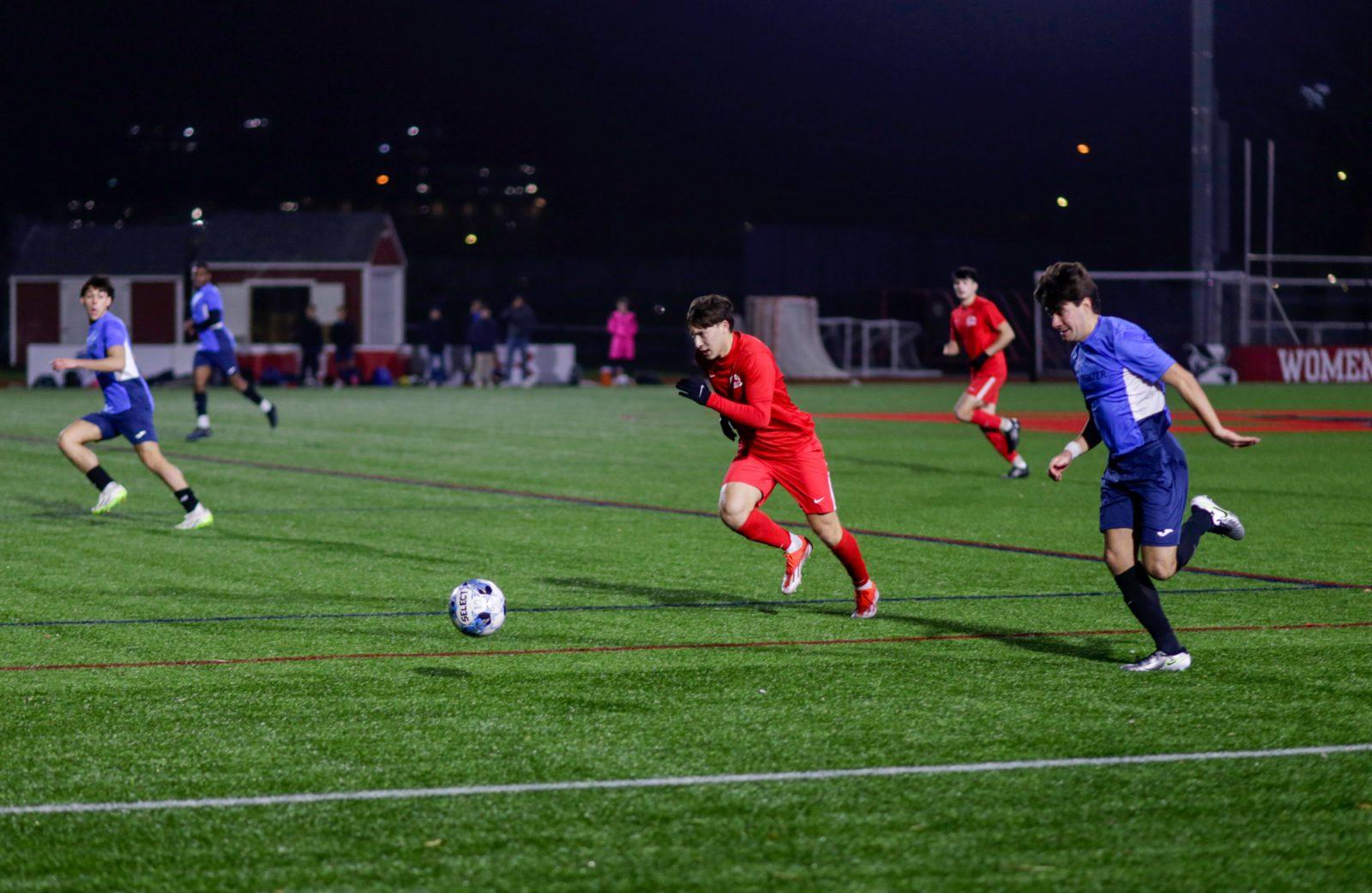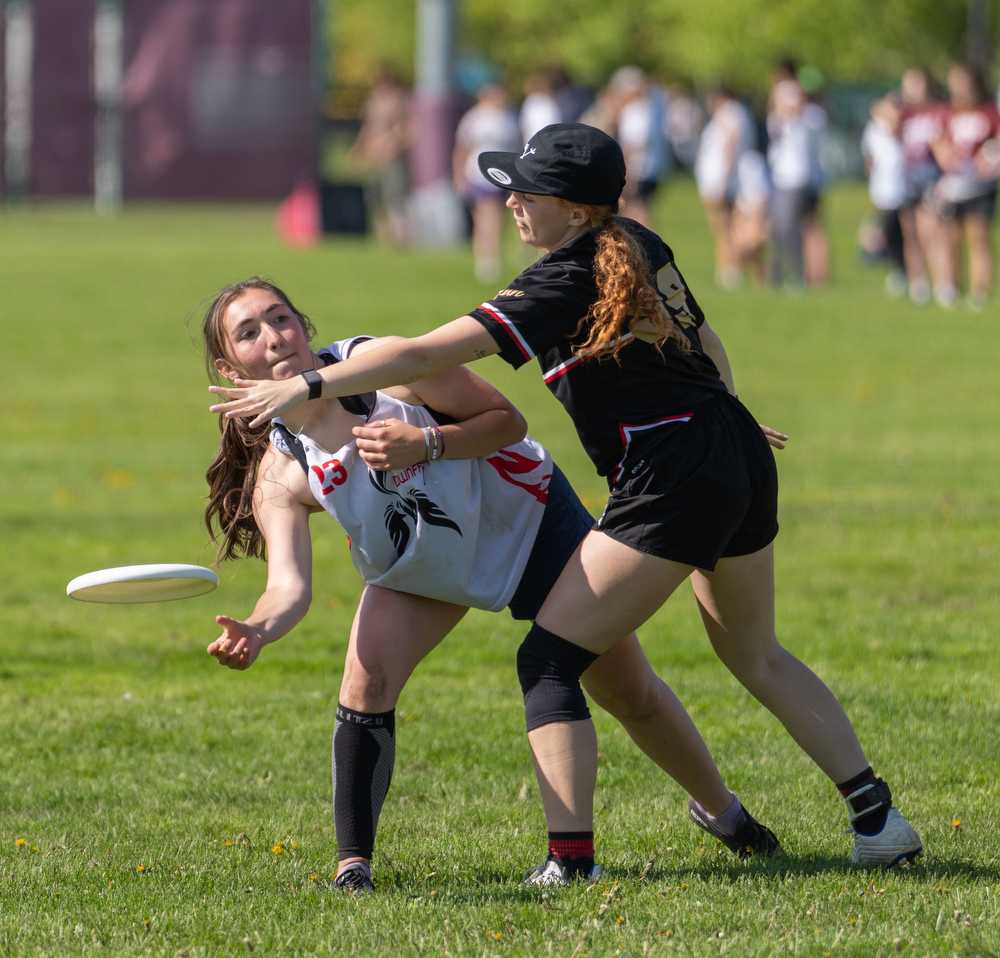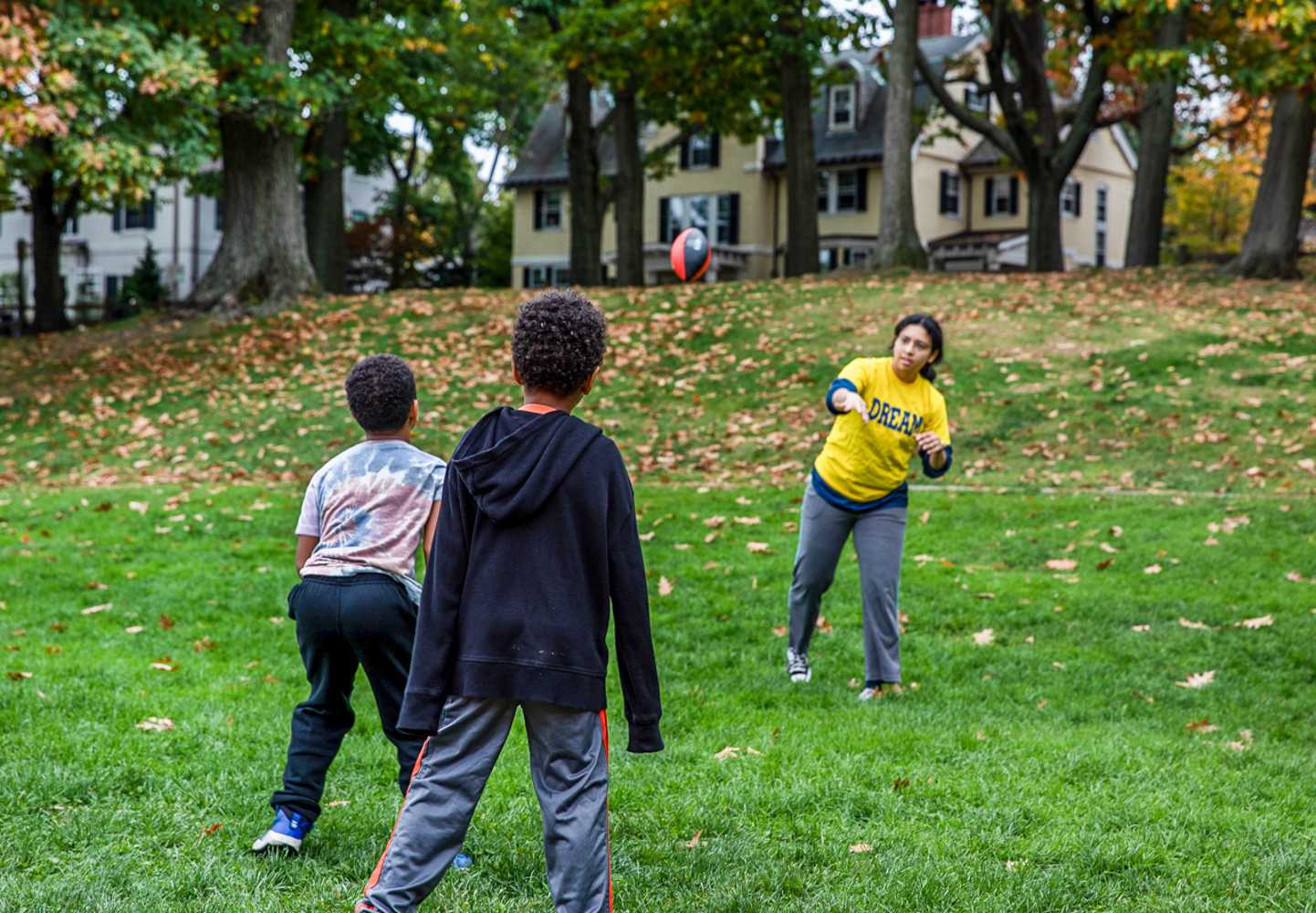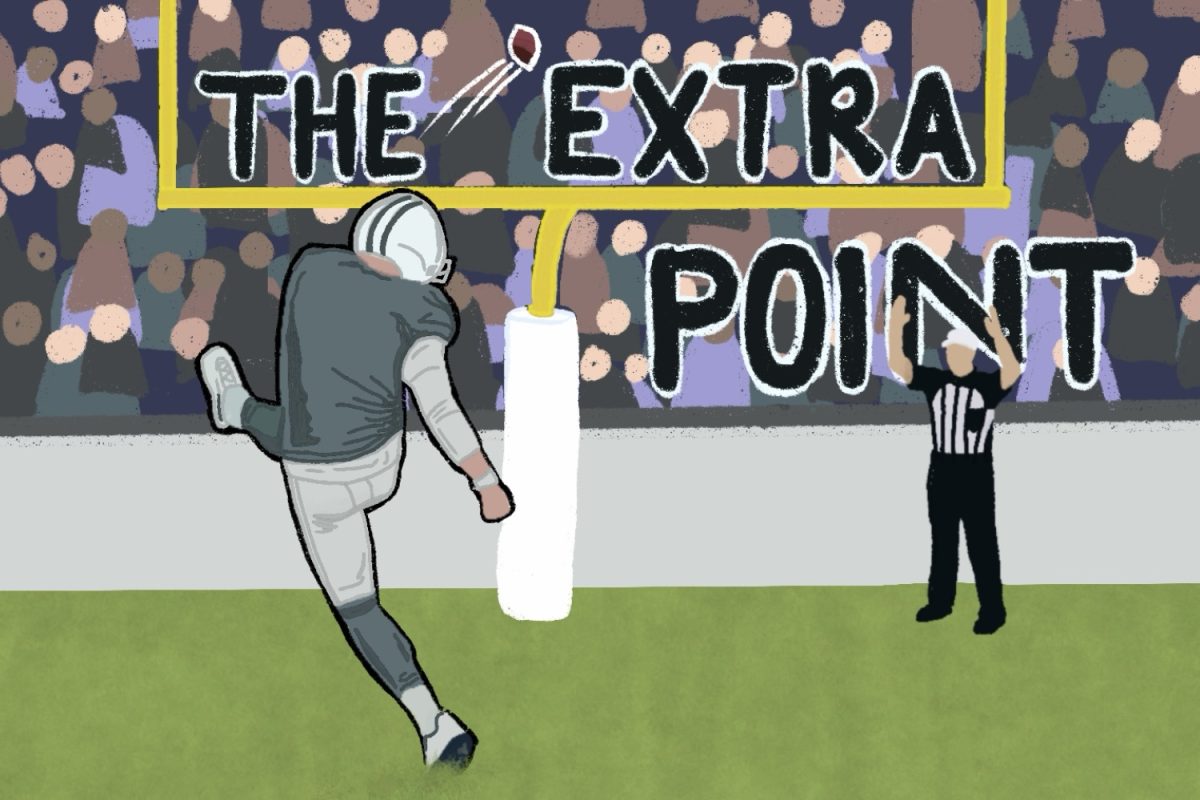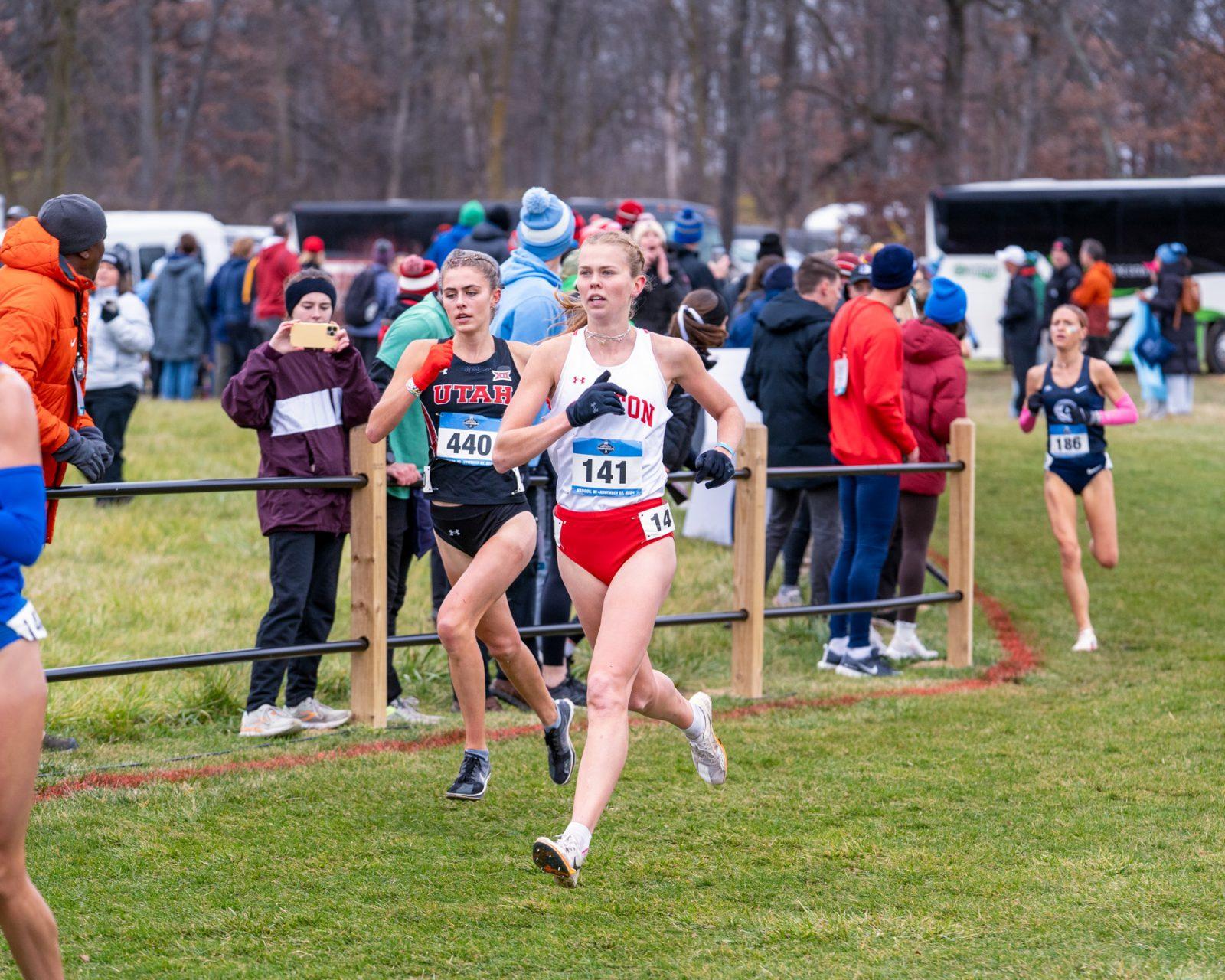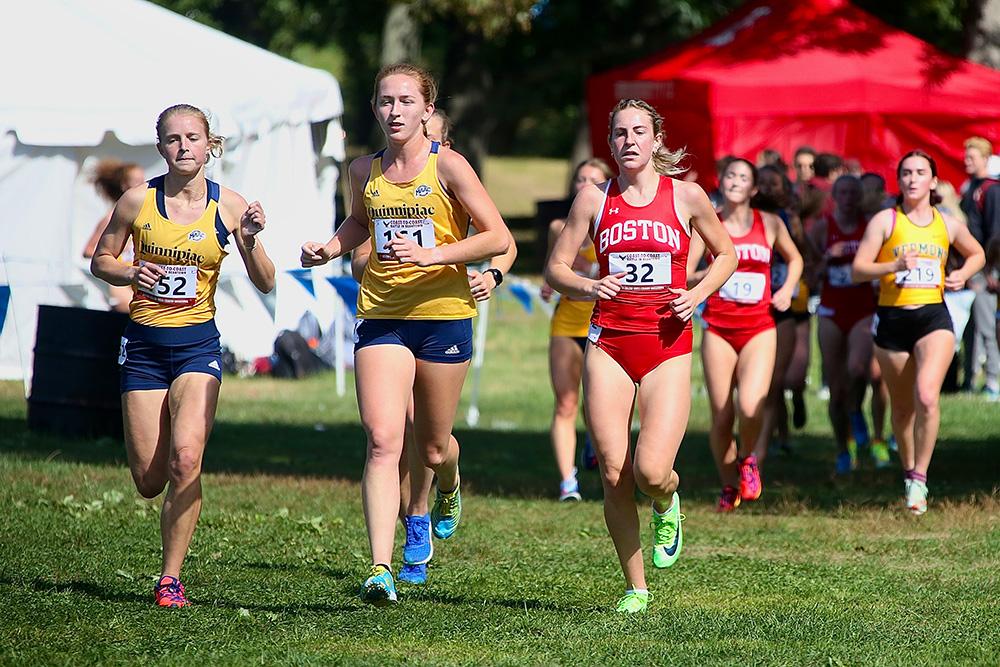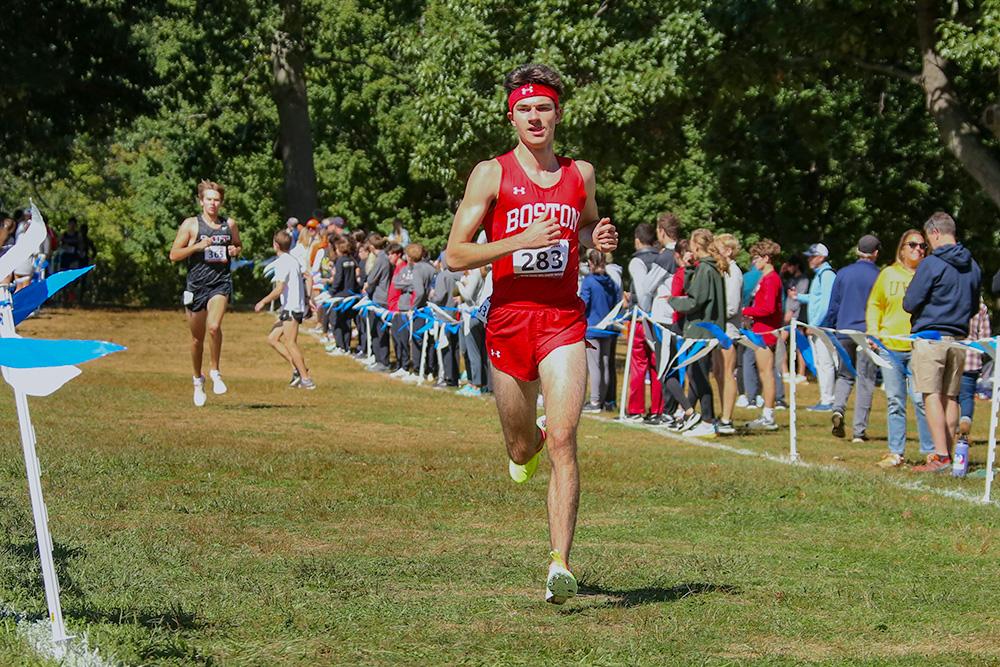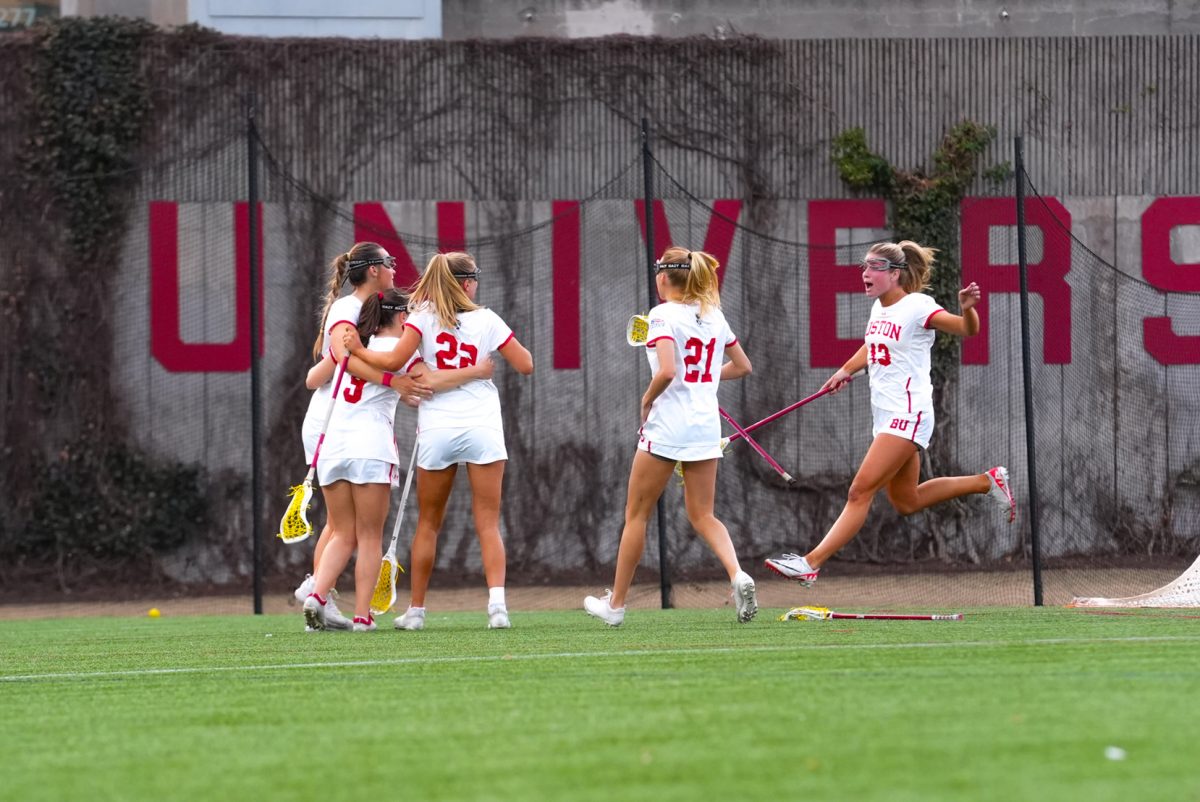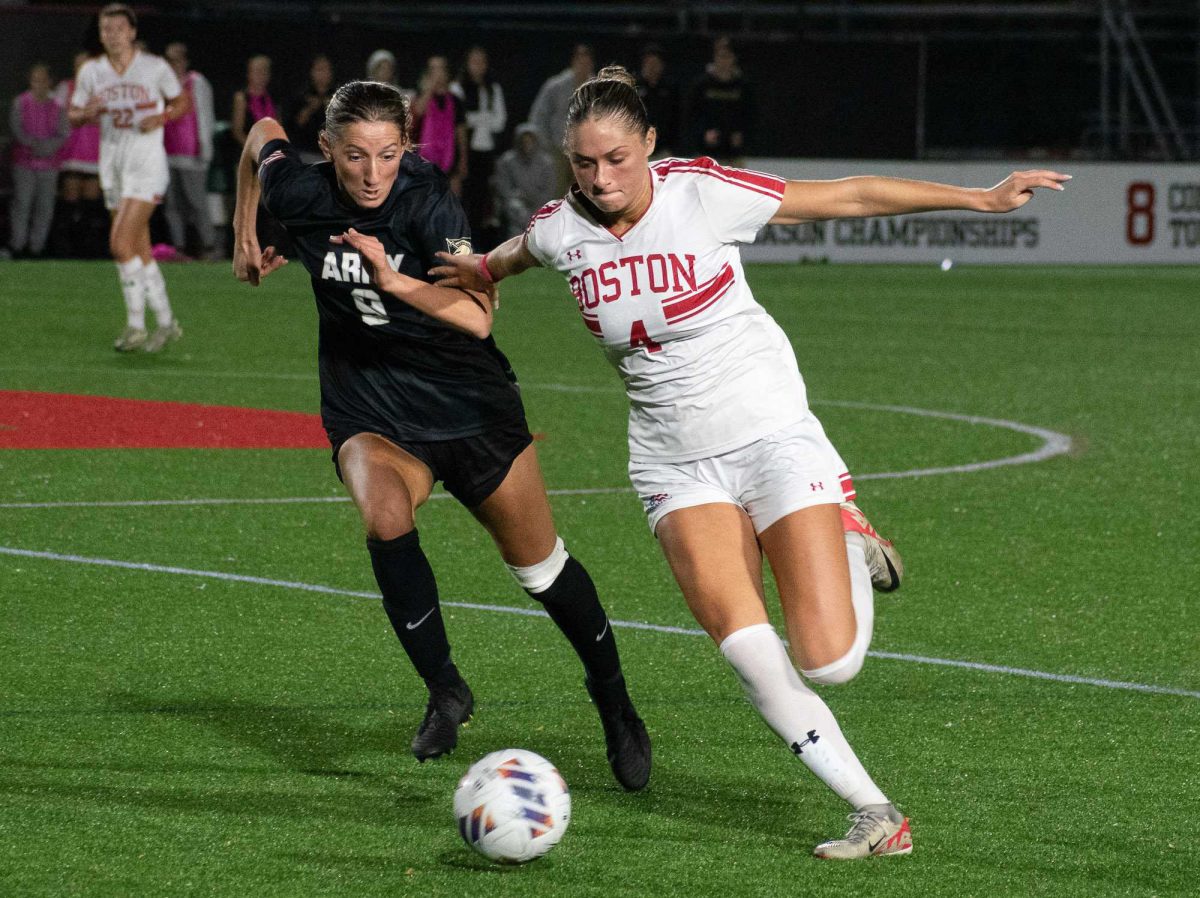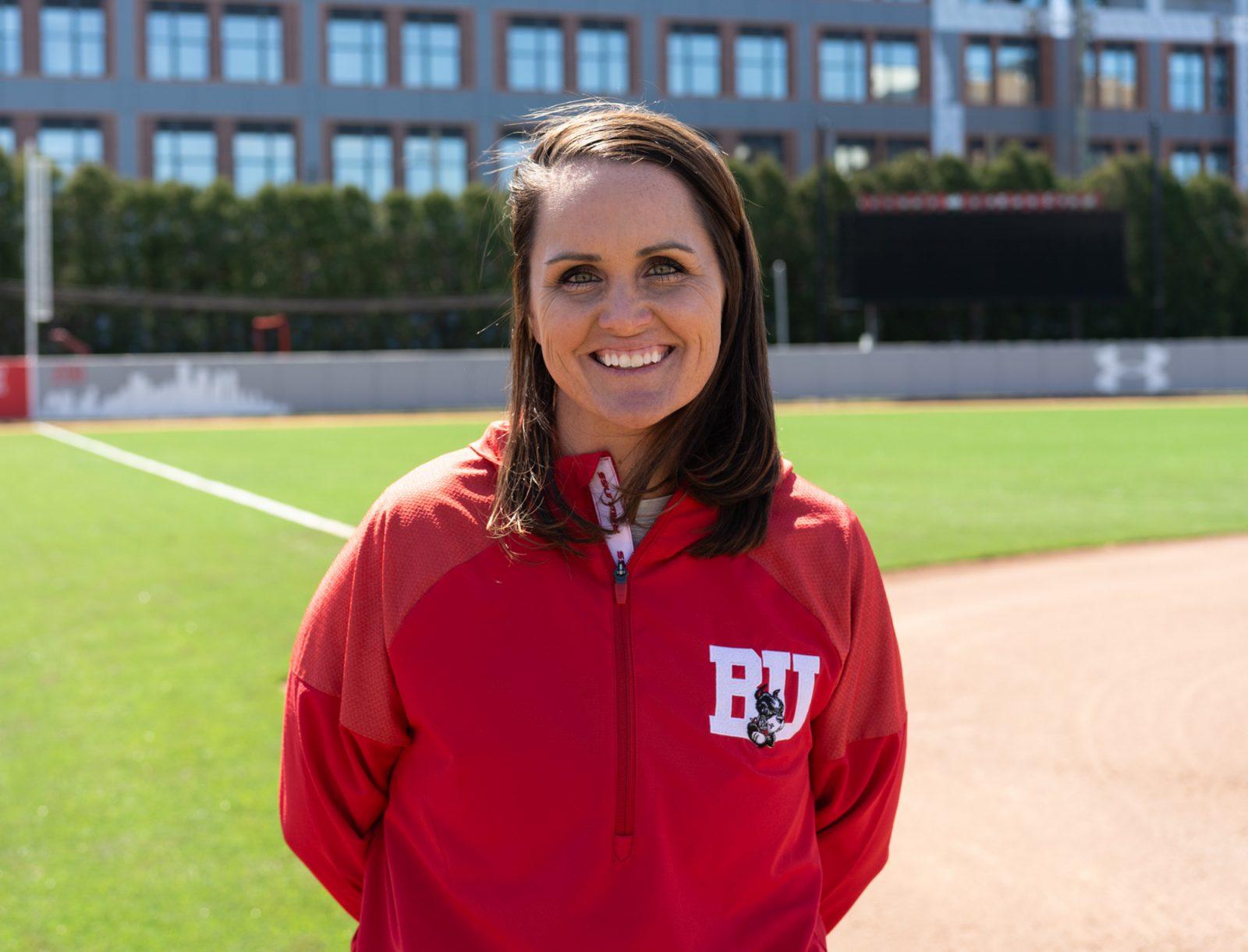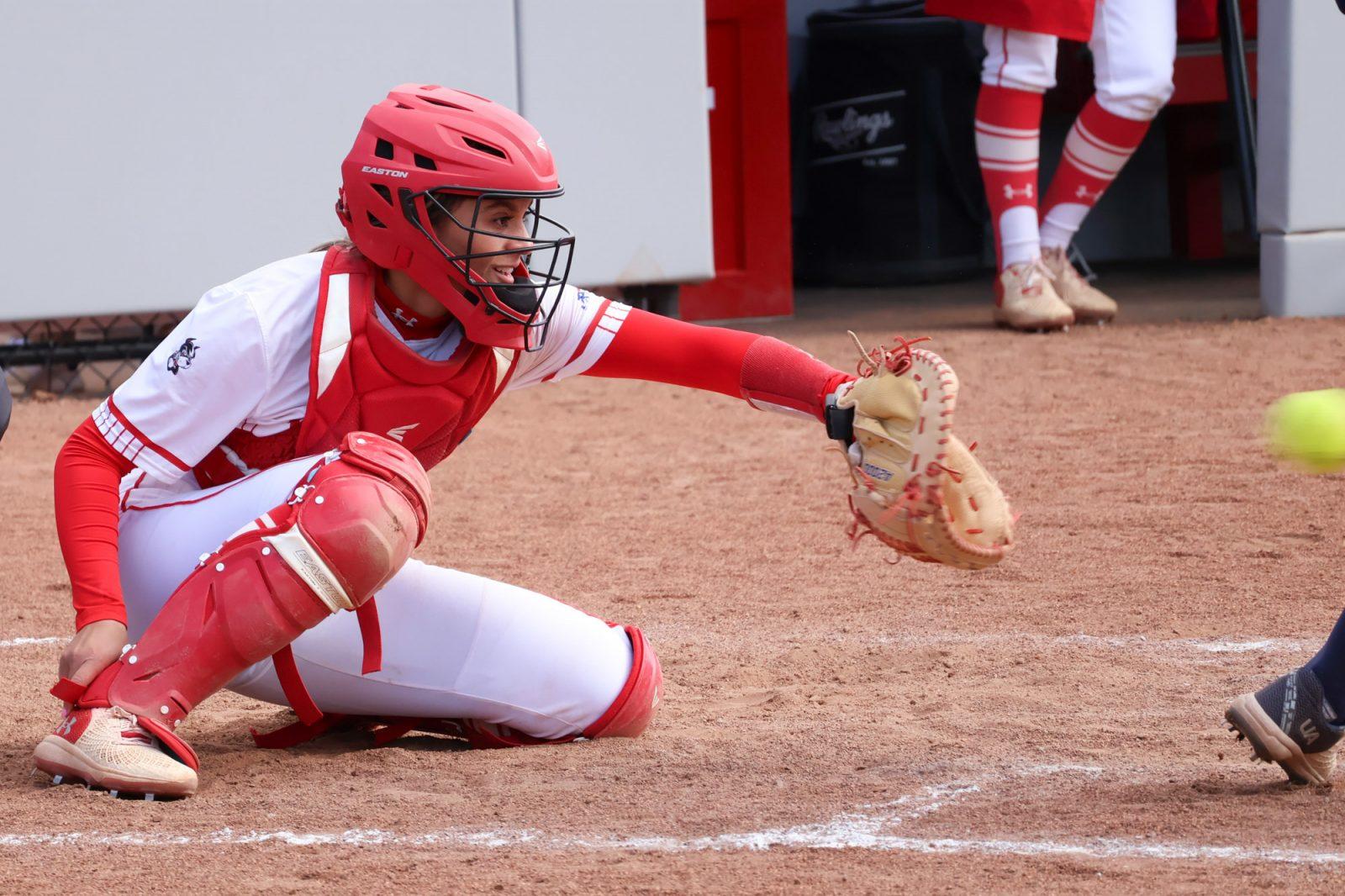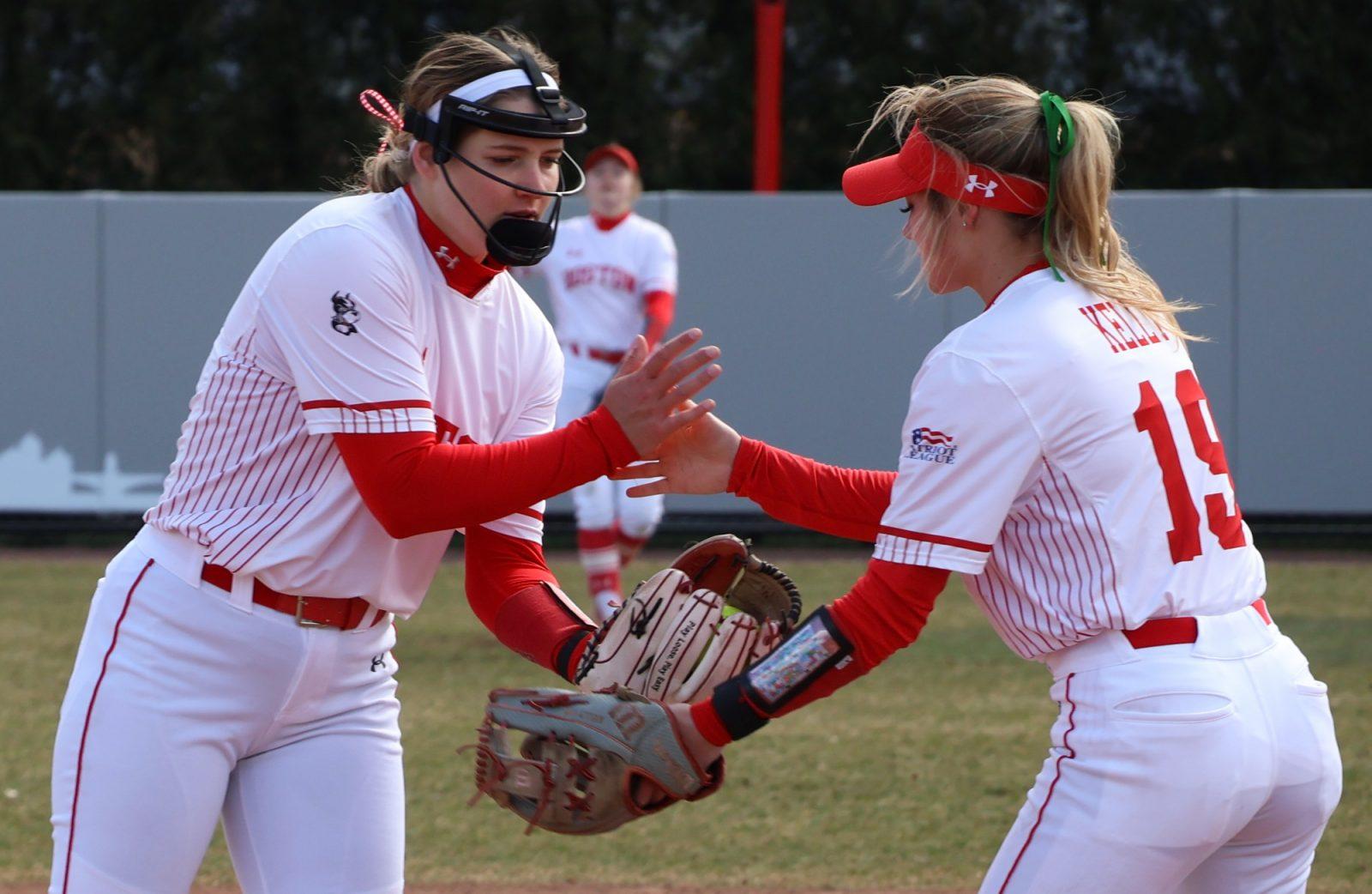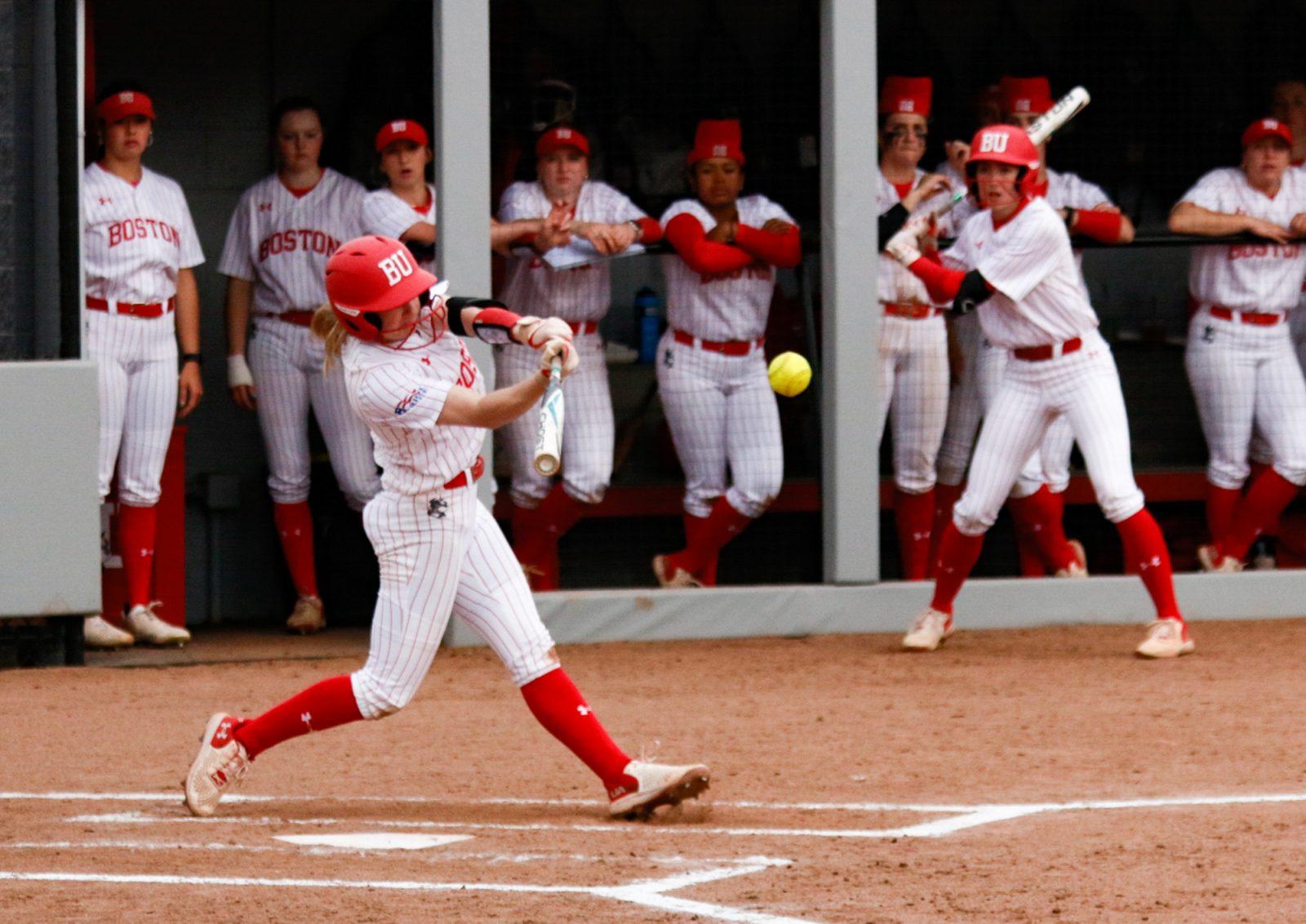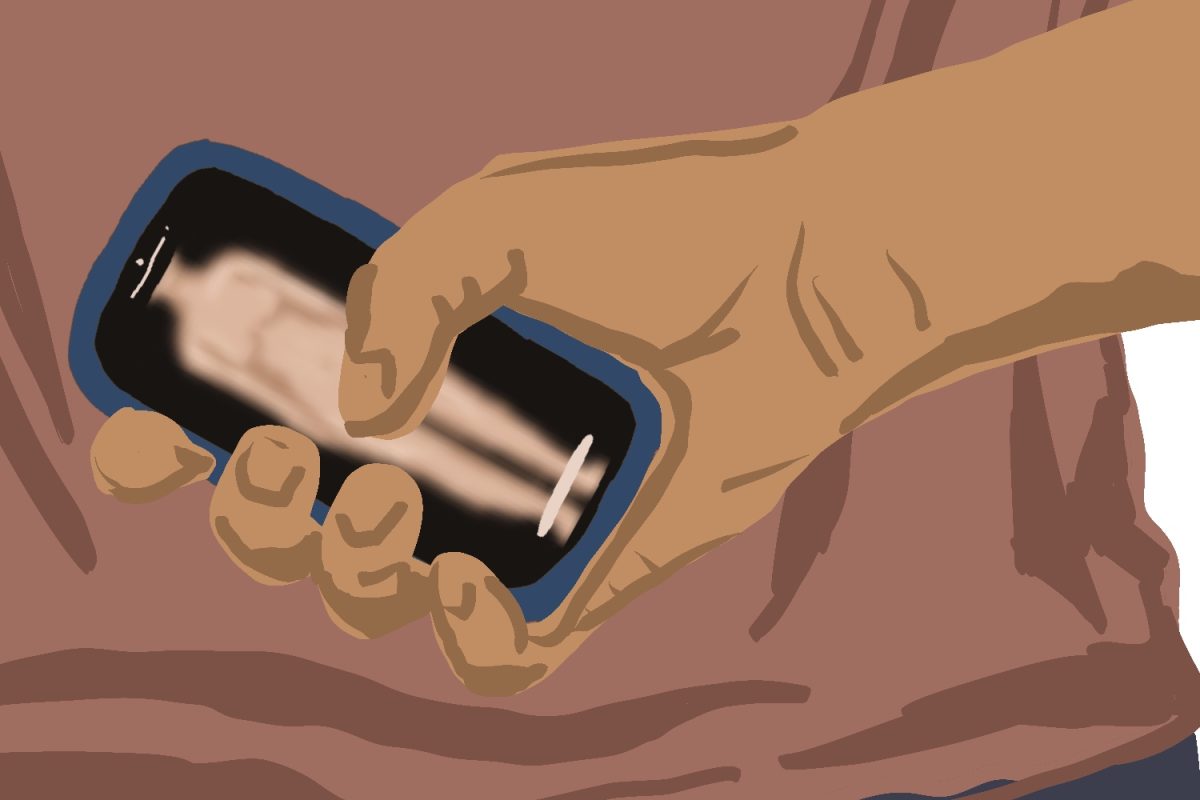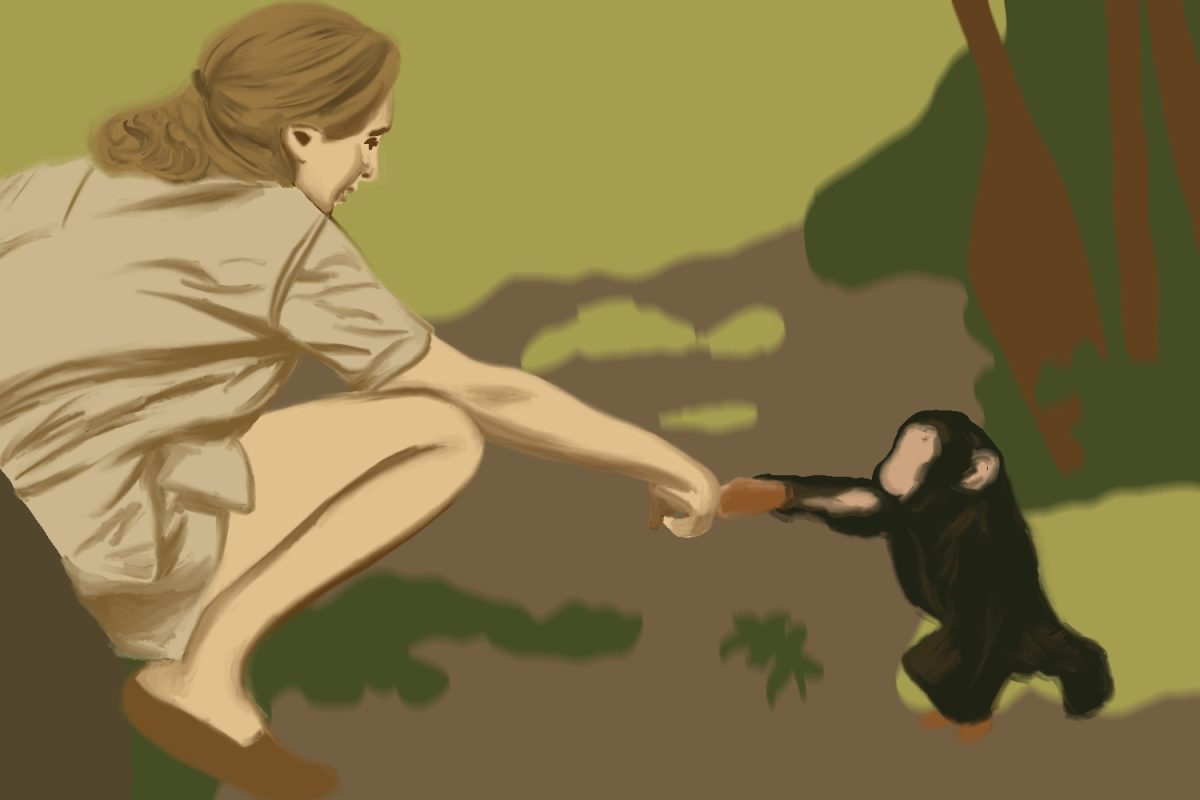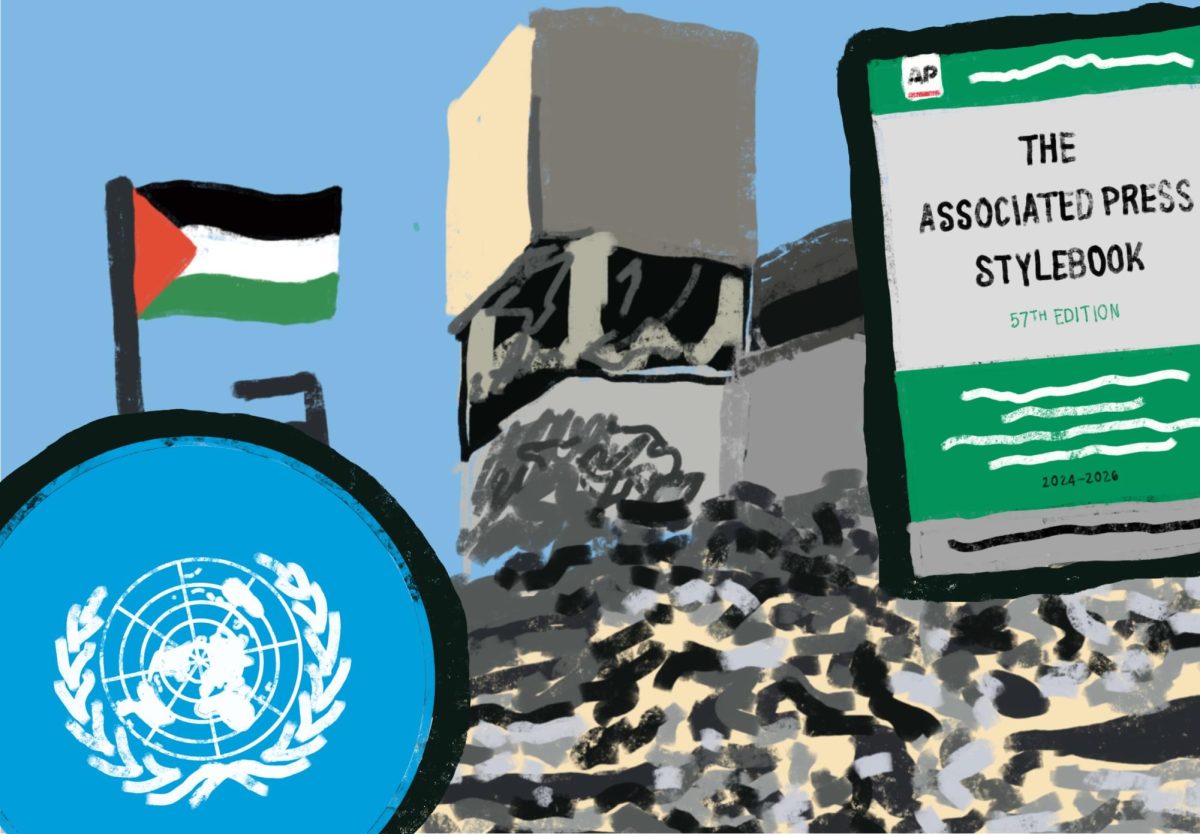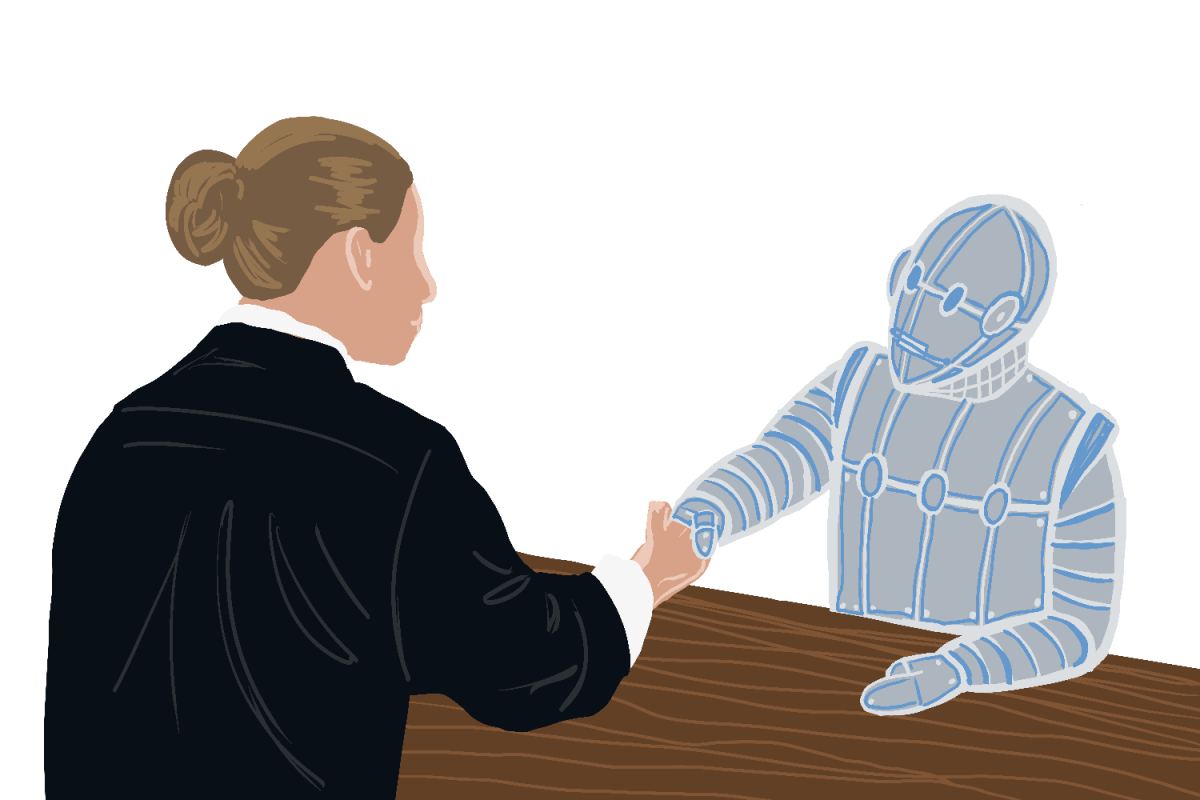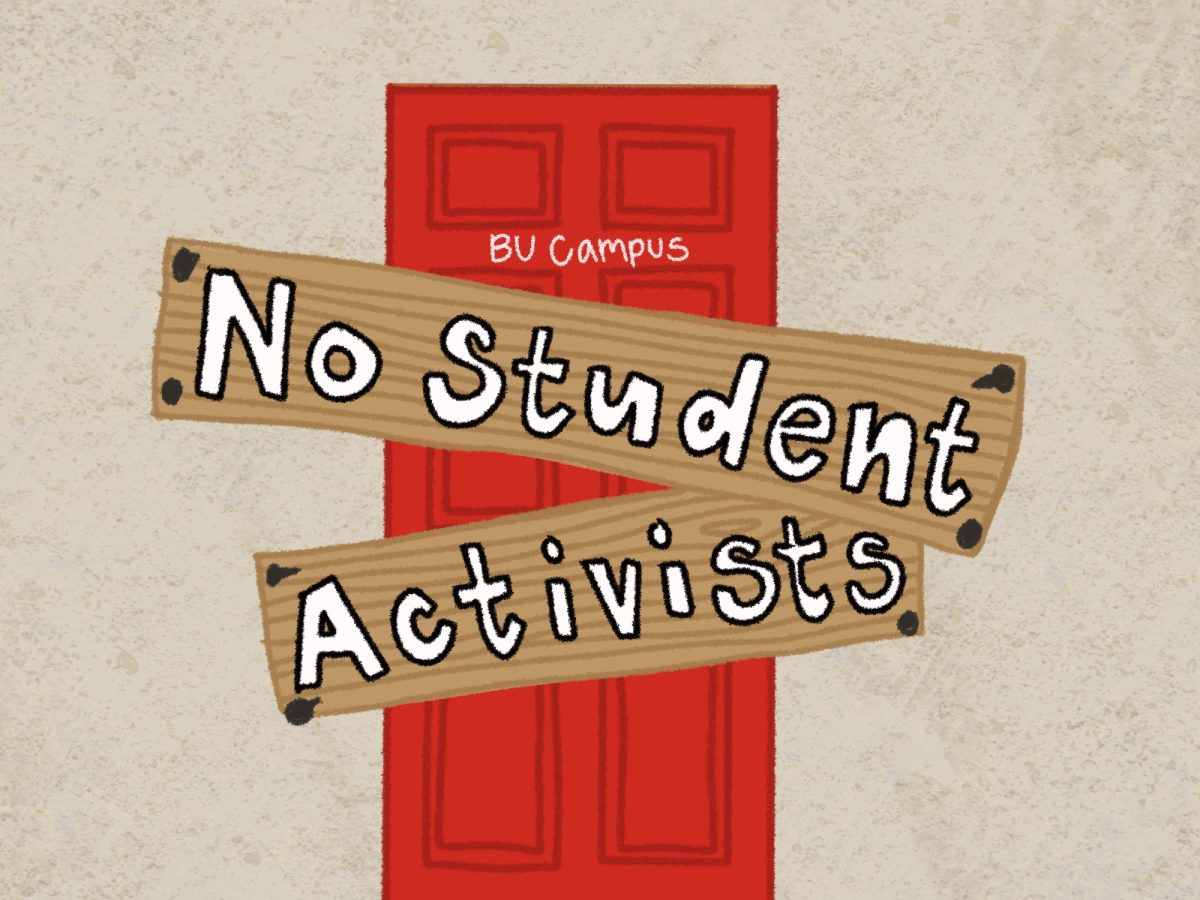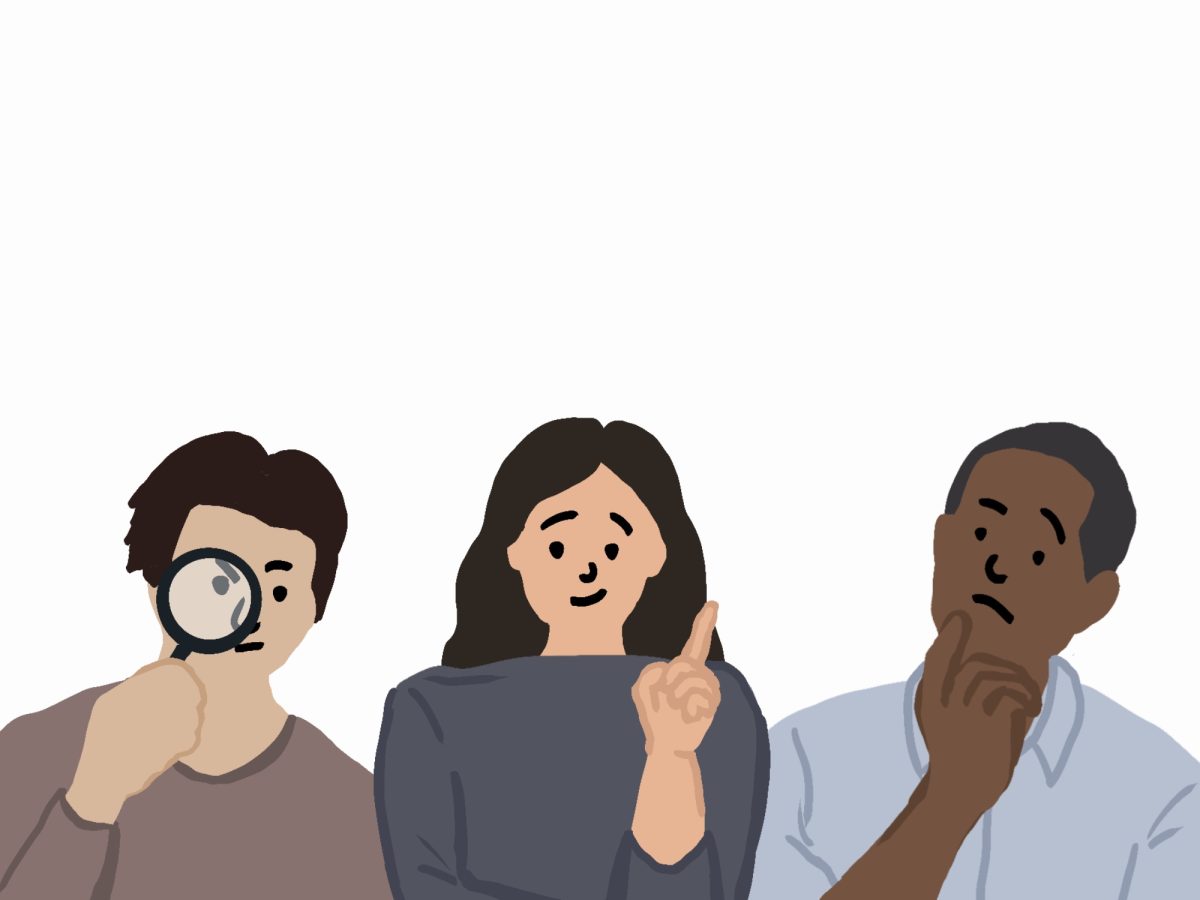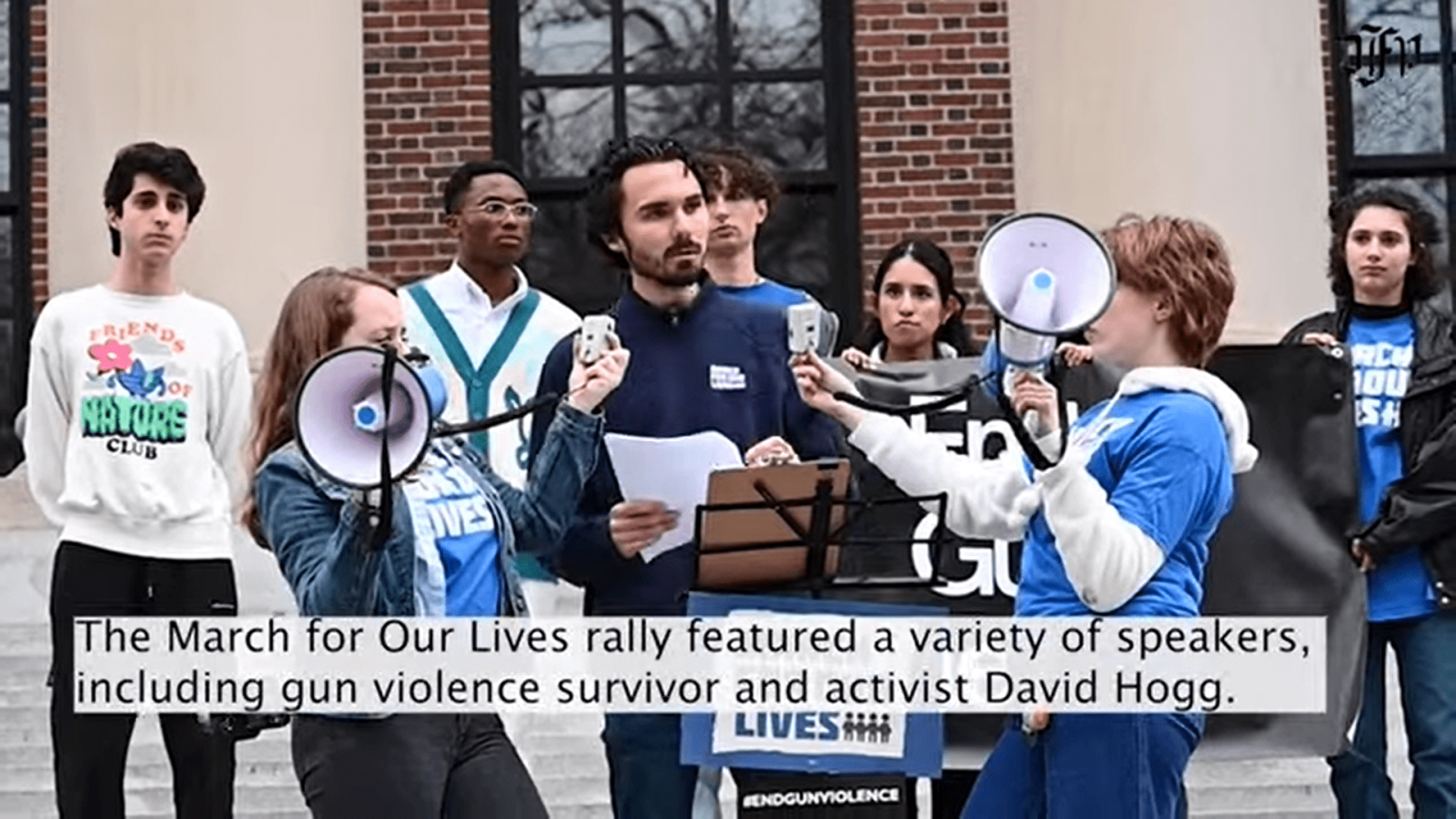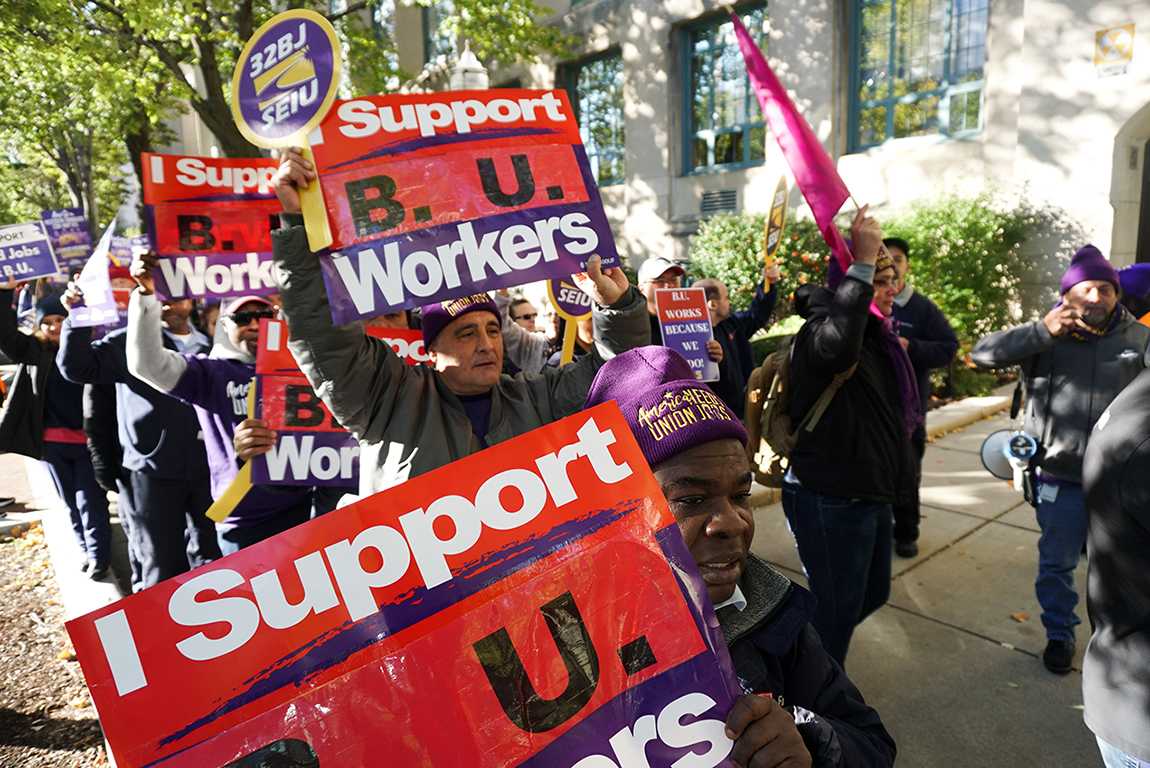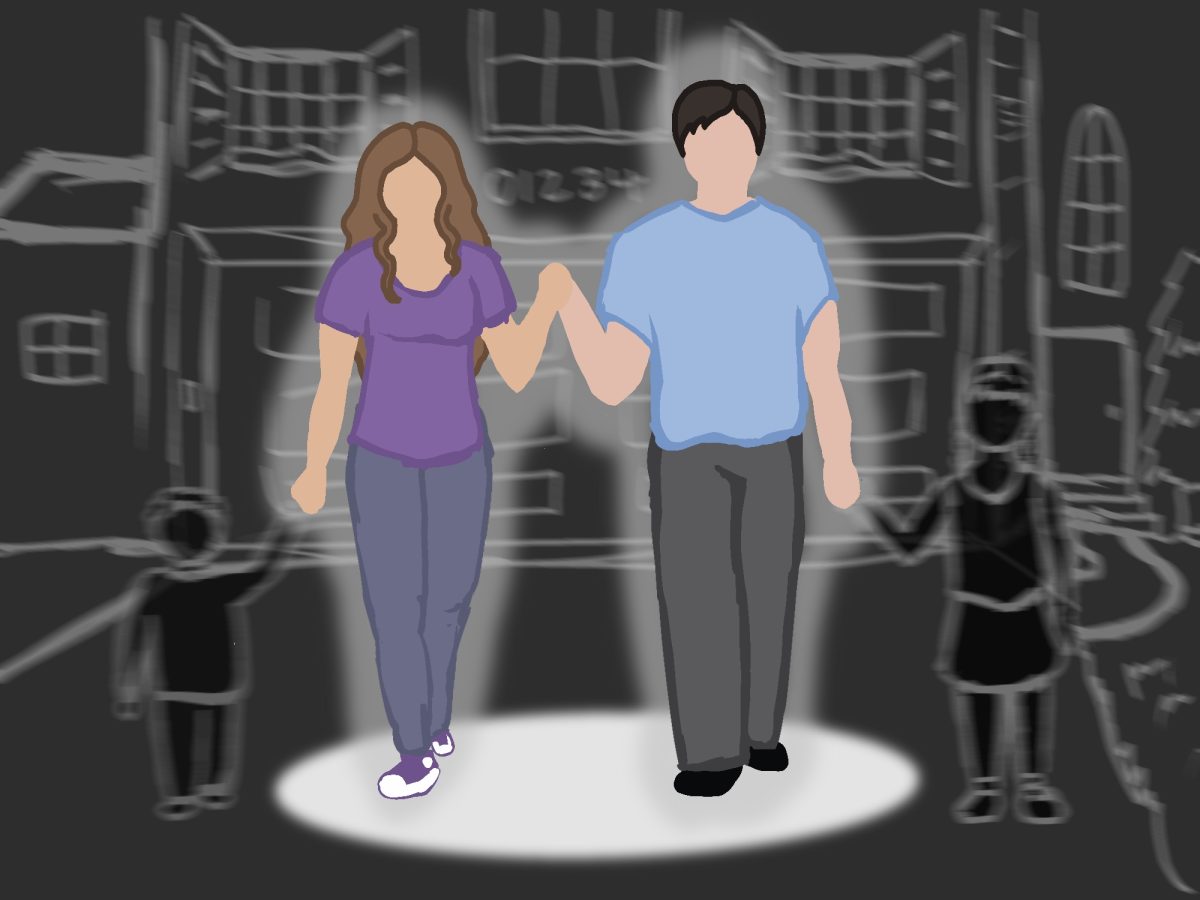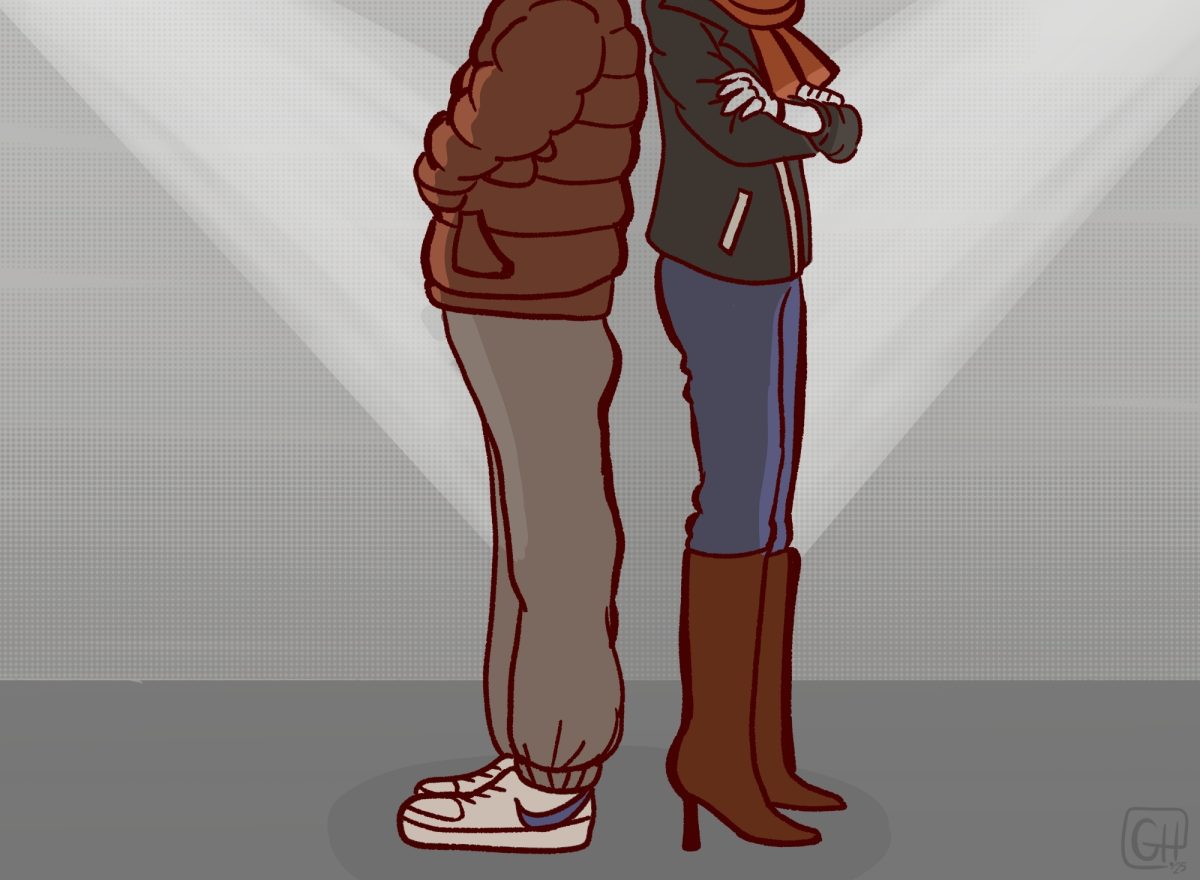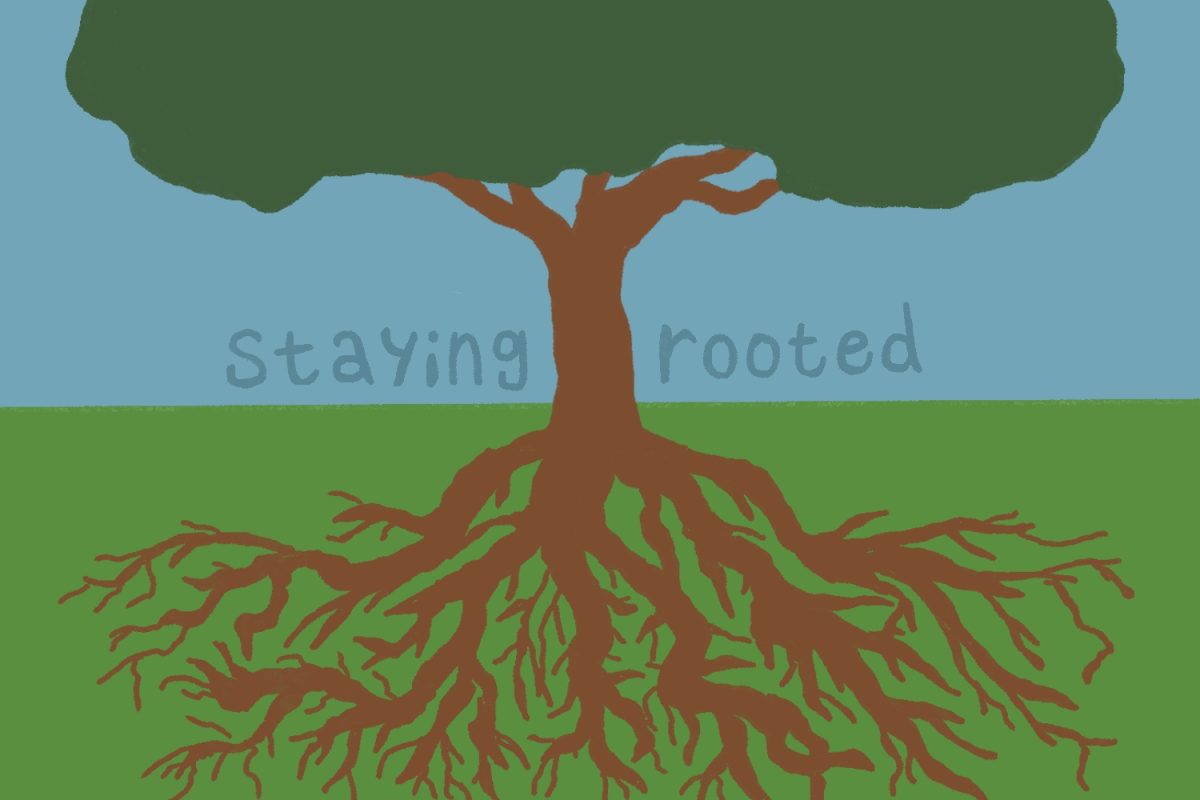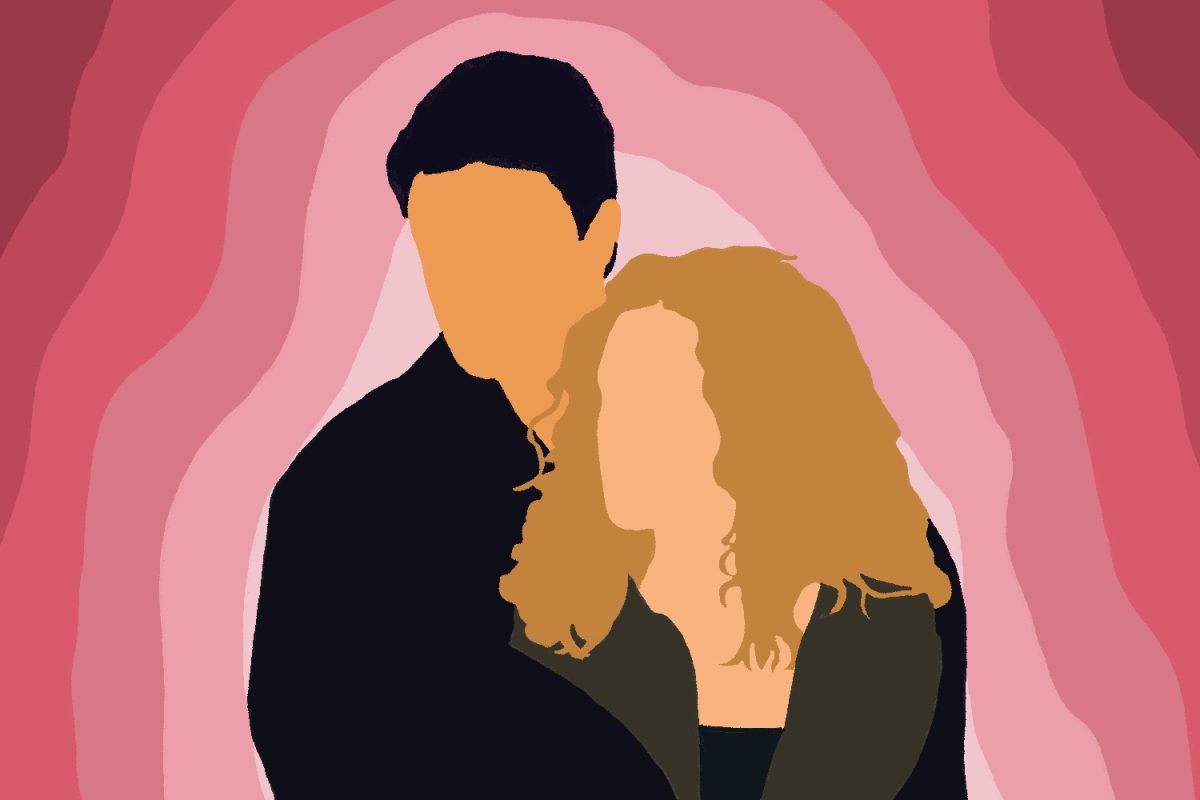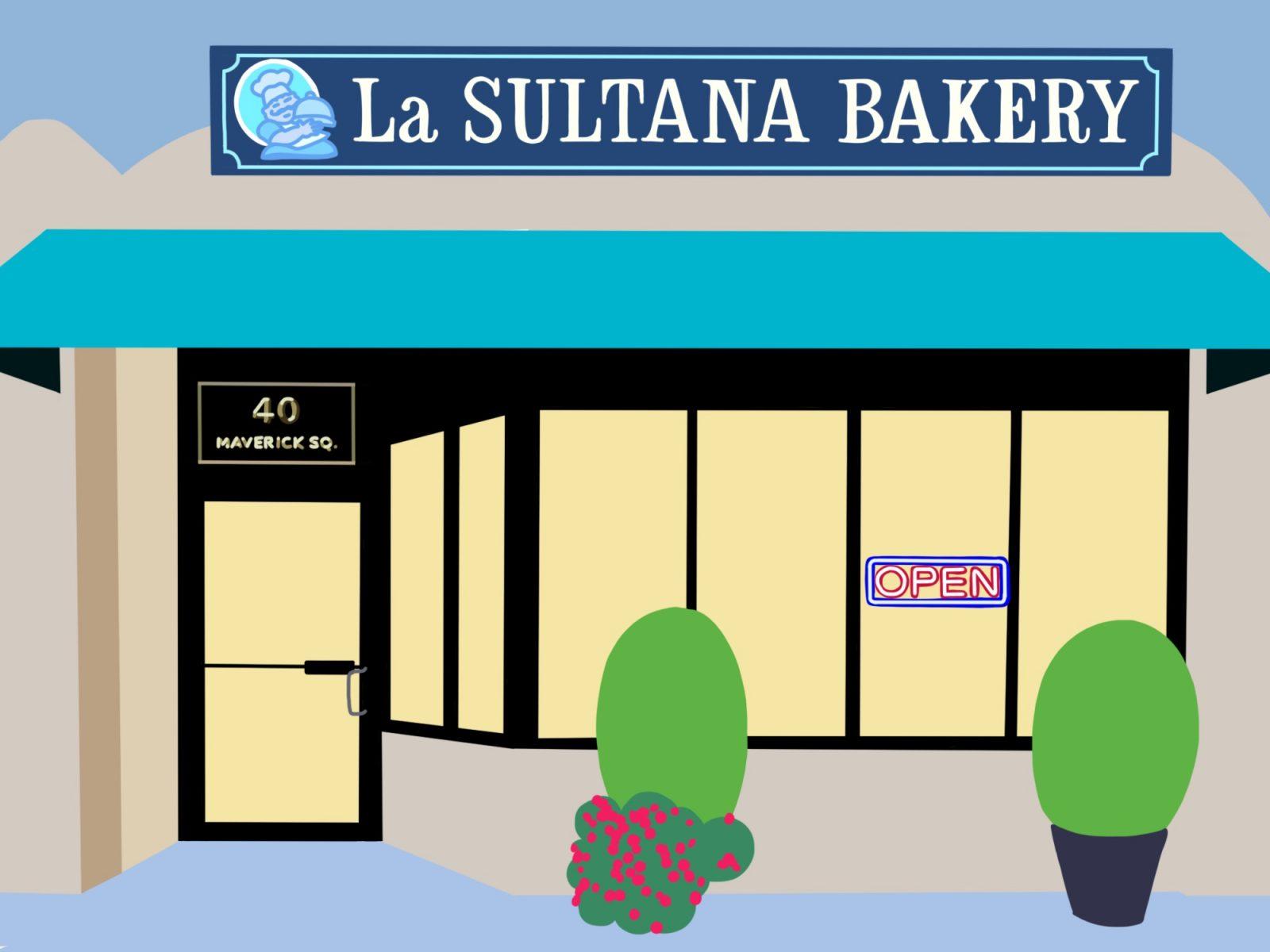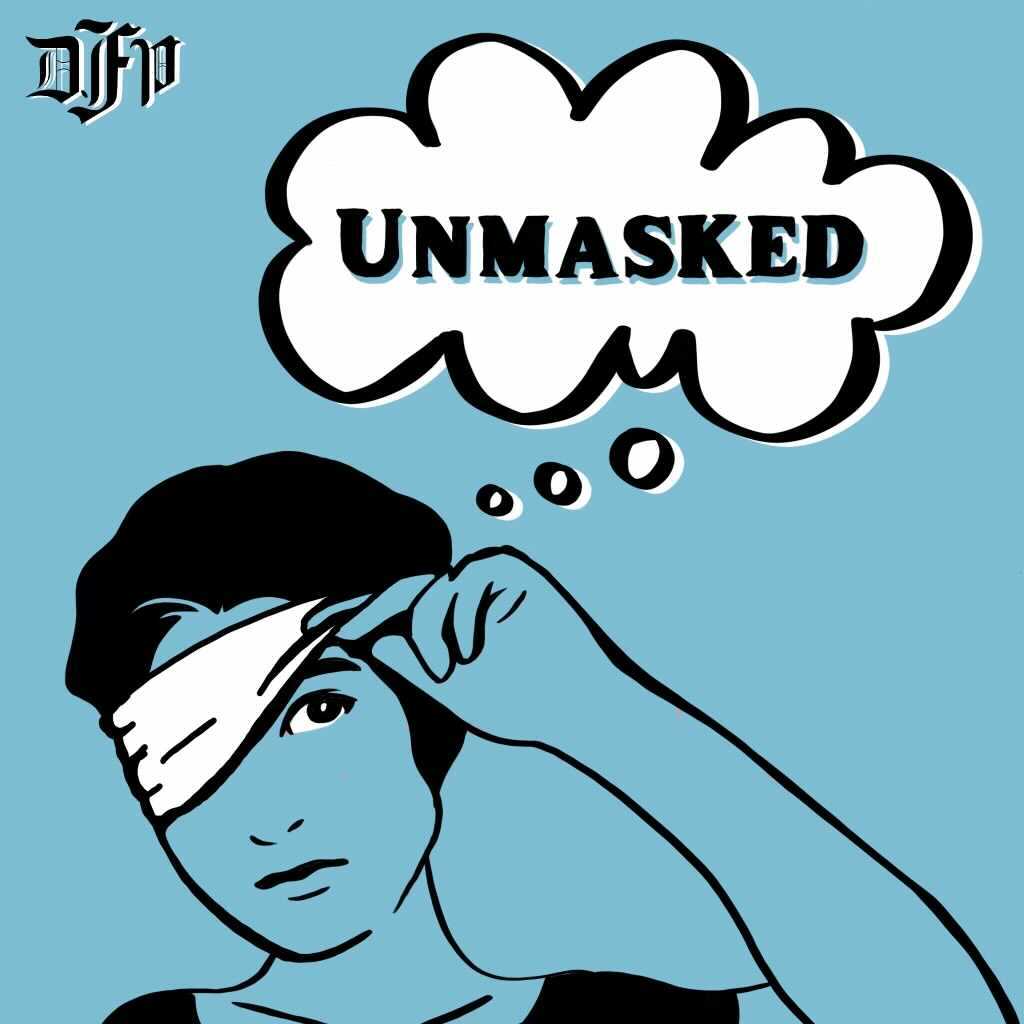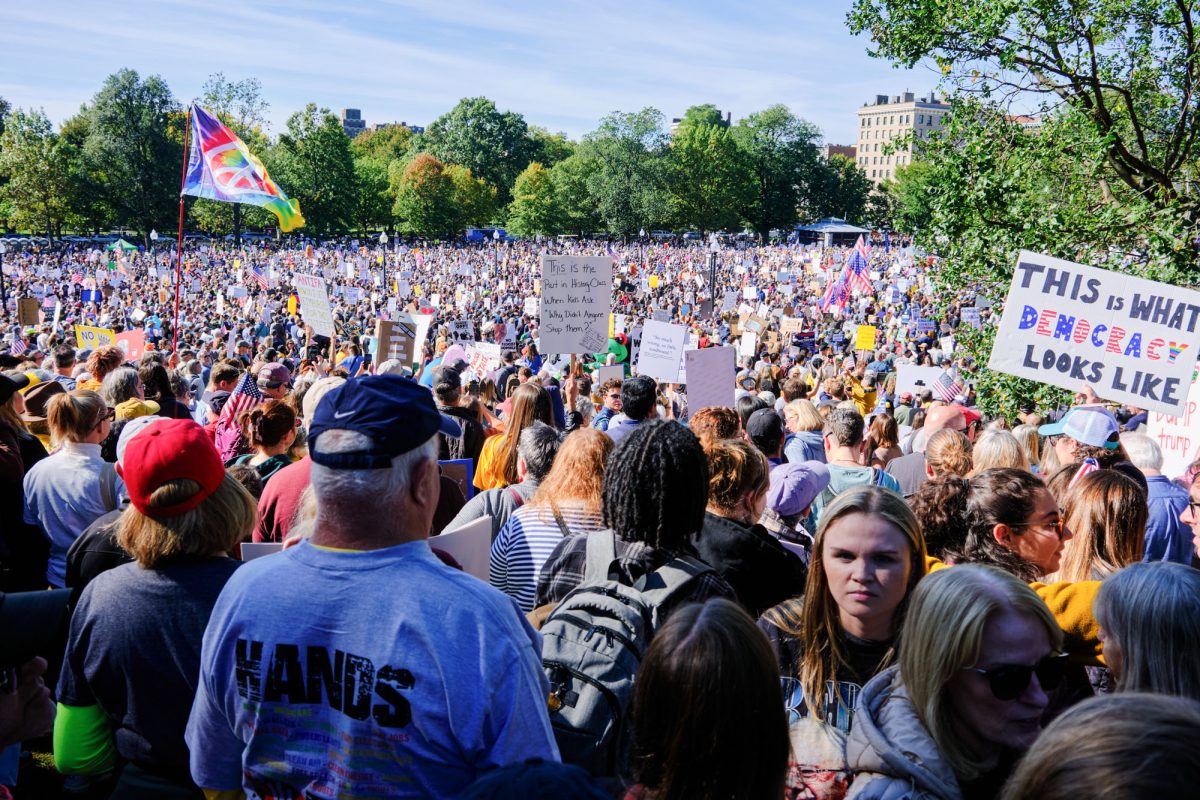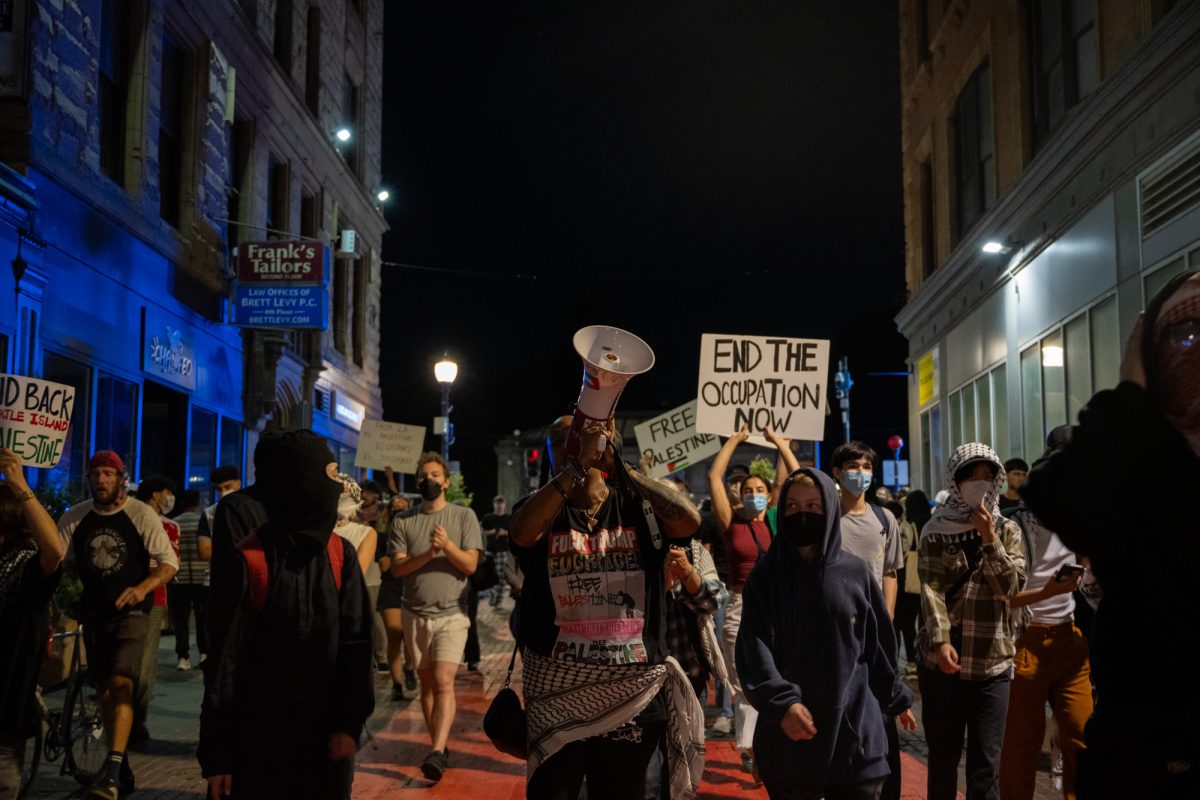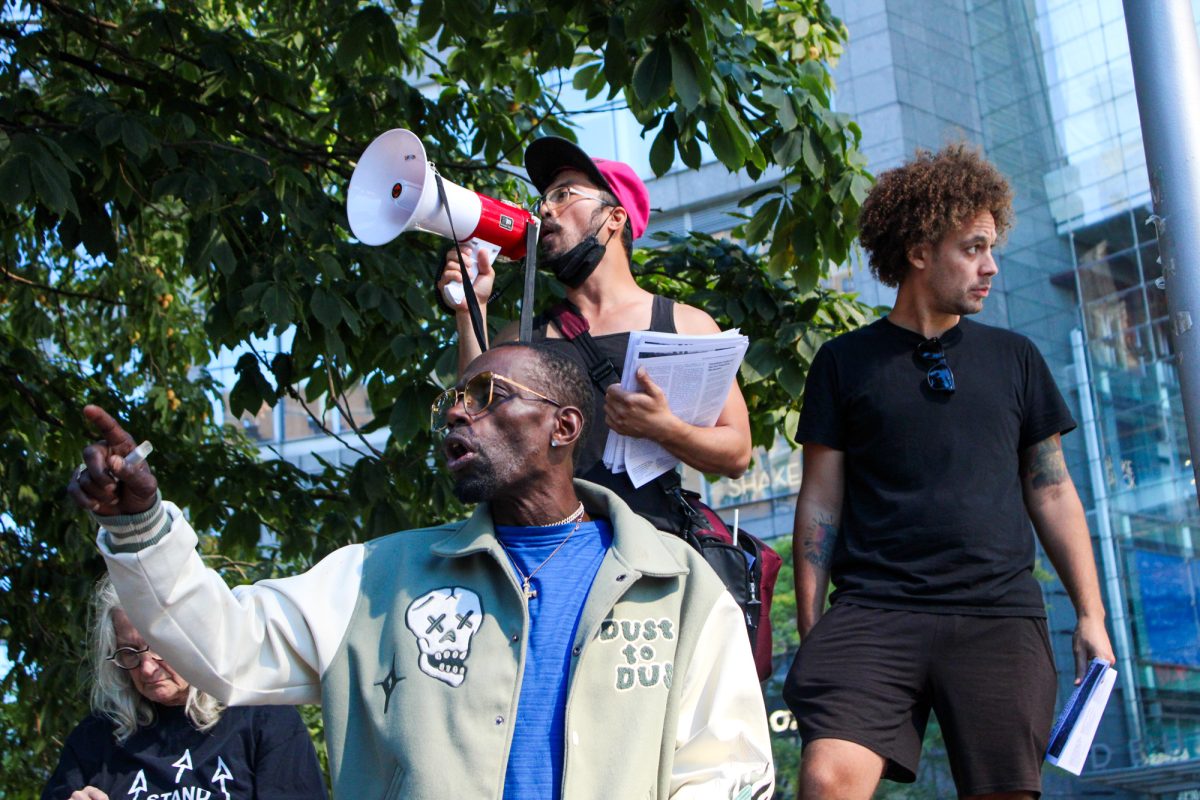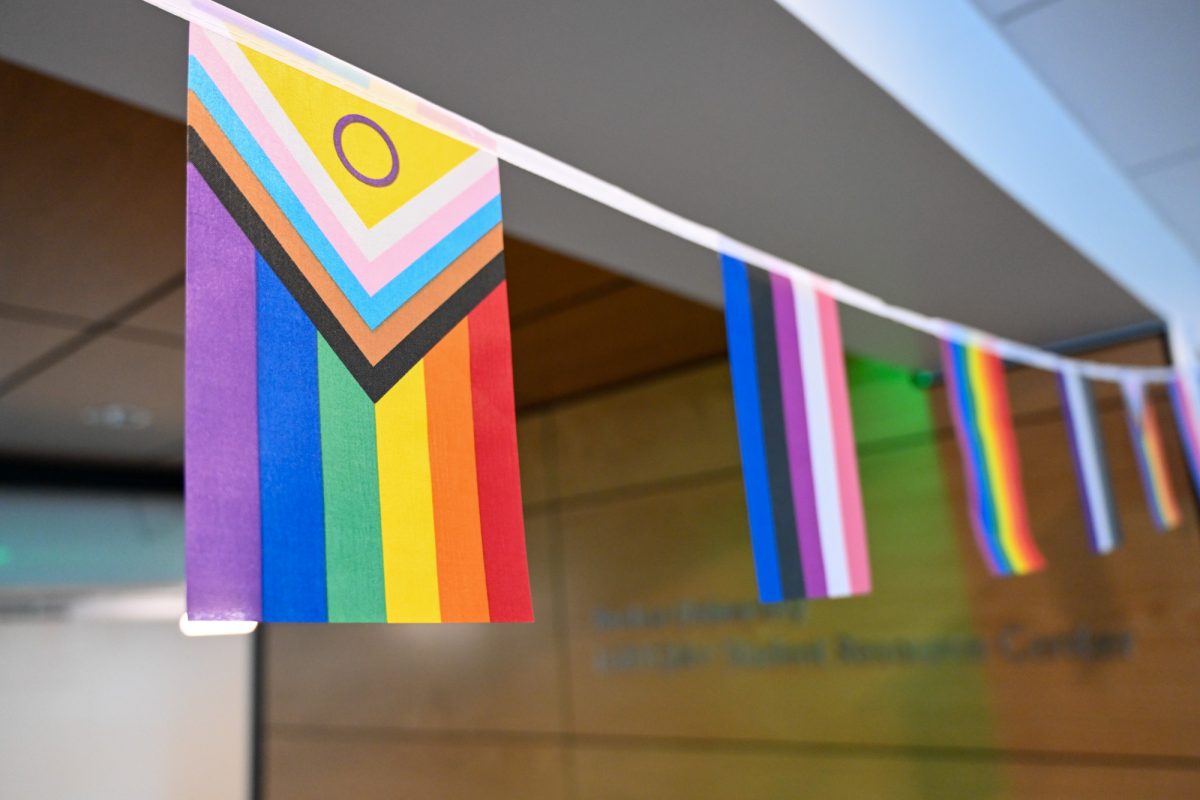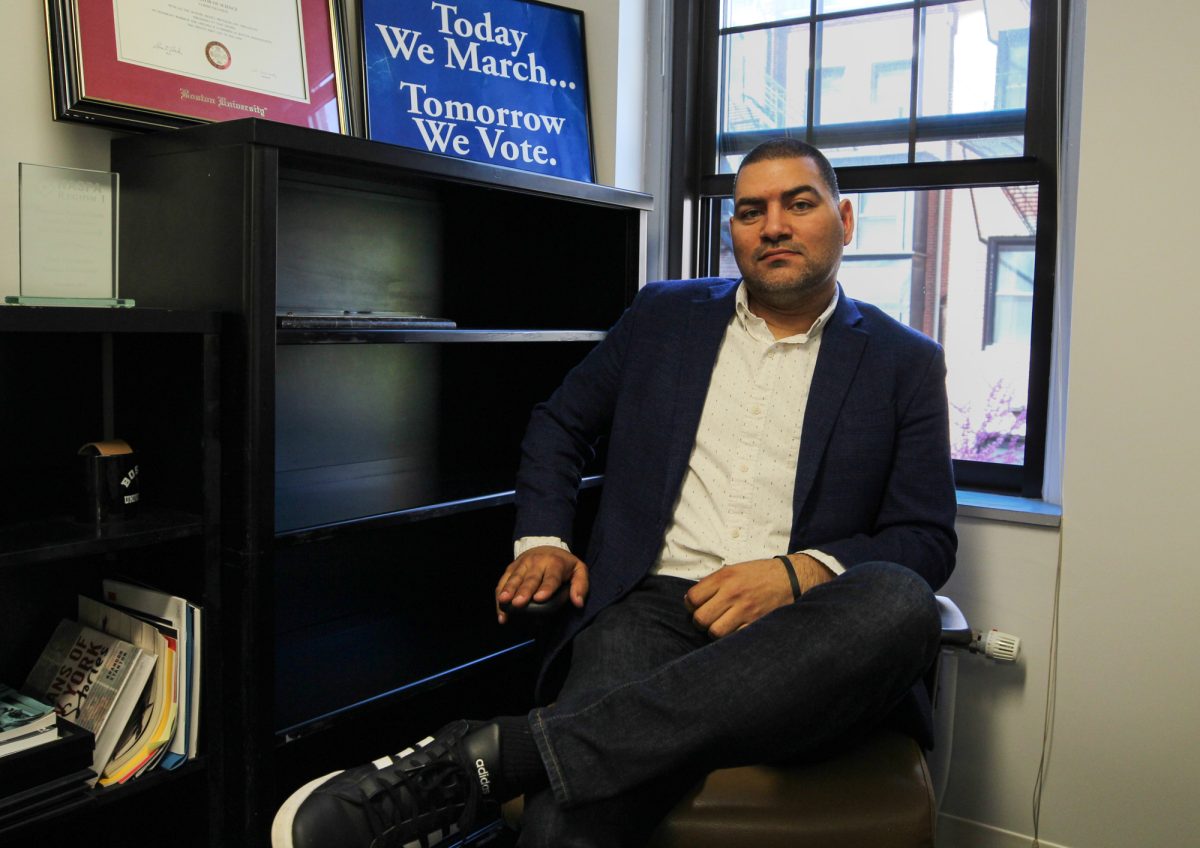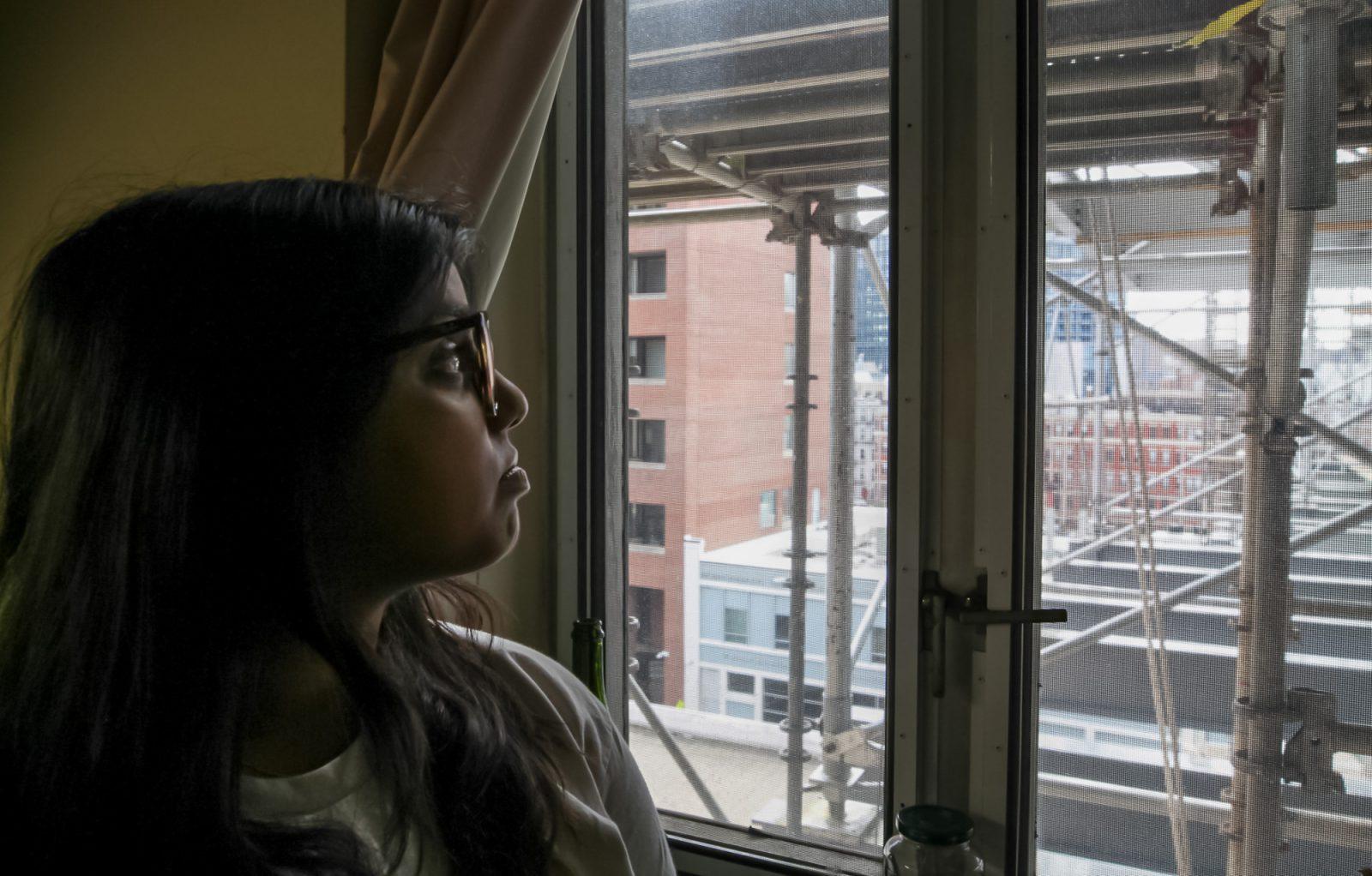Boston University’s alarm evacuation procedures are without fault, administrators say, despite two Jan. 15 incidents that left students waiting in front of Warren Towers instead of other locations as university procedures instruct.
When a second alarm sounded in Warren within one hour of an initial malfunction, some students did not evacuate the 18-story residence hall, an issue administrators said is dangerous and should be prevented by students acting responsibly.
“Evacuations at Warren Towers are more complex due to the size of the building but are fundamentally no different than any other building evacuation,” said Office of Residence Life Director David Zamojski in an email. “If we find we’ve limited sidewalk space in front of Warren Towers due to construction, then the [Resident Assistants] would direct students to gather on the [College of Communication] lawn.”
Zamojski’s explanation differs from the Jan. 15 evacuation procedure at Warren, when students crowded around the building’s entrance after RAs established a small semi-circular perimeter.
The two alarms sent Warren residents onto the narrow construction-filled Commonwealth Avenue sidewalk the night before classes started for the spring semester. According to students interviewed then, many did not take the second alarm seriously, creating a potentially fatal mistake, BU officials said.
“The emergency system — whether it’s a malfunction or not — is not for you to determine what the cause of it is,” said Dean of Students Kenneth Elmore. “If it goes off, that indicates some critical issue. It may be a problem, or it may [be] that you could be in danger. You don’t know, and you can’t make that determination . . . . Always, always to get up and leave.”
Elmore said the university supports the Fire Department taking action against students who do not evacuate a building. The message of evacuations is that by not leaving, students are acting at their own peril, he said.
“Not evacuating a building could lead to dire consequences, like one’s own safety,” he said. “Above all else, think, ‘I could be in jeopardy right now.'”
RAs may search each room in a residence during an alarm, complying with Fire Department requests, Zamojski said.
Residence halls conduct at least one alarm drill each academic year to test the system.
“We try not to do too many drills, just because we don’t want people to get in that mindset of, ‘Oh, it must be another,’ and they fill in the excuse for a reason why they don’t need to leave,” Elmore said. “They’ll make that determination in their mind that they’re not in any sort of danger.”
Despite few alarm drills, evacuation plans are as comprehensive and as safe as possible, Zamojski said.
“Our fire evacuation plans have been developed over the years in consultation with colleagues from the offices of Environmental Health and Safety, Facilities Management and Housing, with assistance from various fire safety consultants,” he said.
The Fire Department only allows students to re-enter when the chief fire official indicates the building is safe and a Facilities Management electrician indicates the alarm has been reset, Zamojski said.
As students re-enter the building, Zamojski said officials attempt to inform students of an alarm’s cause.
After the Jan. 15 alarm malfunctions, the university did not immediately explain to students the cause of the alarm, but Zamojski said the present RAs were trained well.
“The training is thorough and emphasizes the importance of responding to each alarm as though it were a fire emergency,” he said. “Certainly, if certain protocols were changed, we would provide training to all members of the staff who are involved in responding to fire evacuations, and we would educate students, too, so they’re aware.”
Environmental Health and Safety Office Director Peter Schneider did not respond to voice messages or emails from the past three days.
Zamojski said the university has a “fine safety record” and cited Sleeper Hall’s 40-minute evacuation Jan. 14, in which there were reports of smoke, as proof of this.
“The Boston Fire Department arrived and investigated,” he said. “The information I received is that there was no evidence of fire, but there was a presence of smoke that smelled like burned paper. At this time, we’ve not determined the source of the smoke, but we’re continuing to investigate the incident.”
Additionally, consultants from Boston and Brookline fire departments, as well as a fire safety specialist in the Environmental Health and Safety Office, consult with the university about the plans, Zamojski said.

